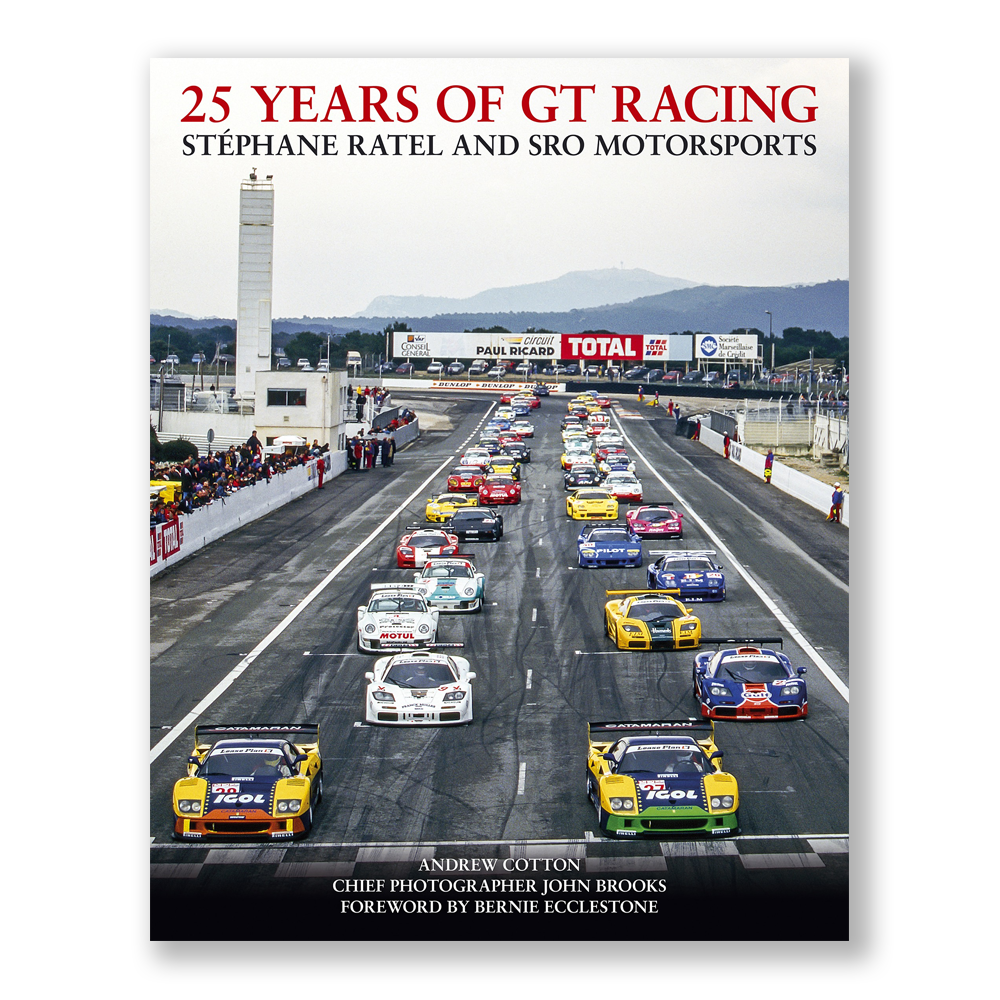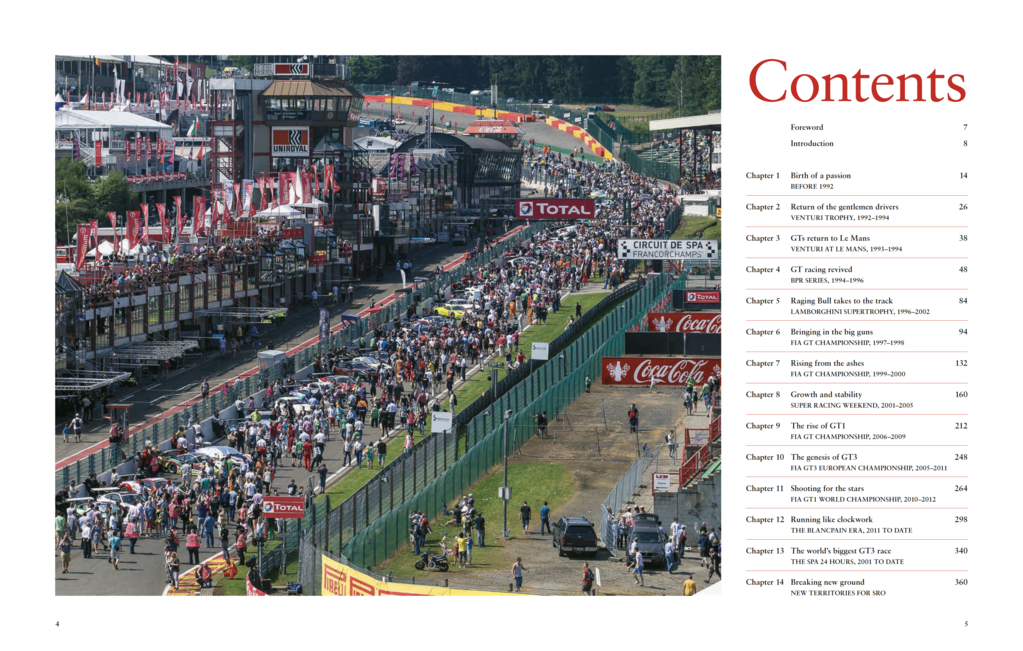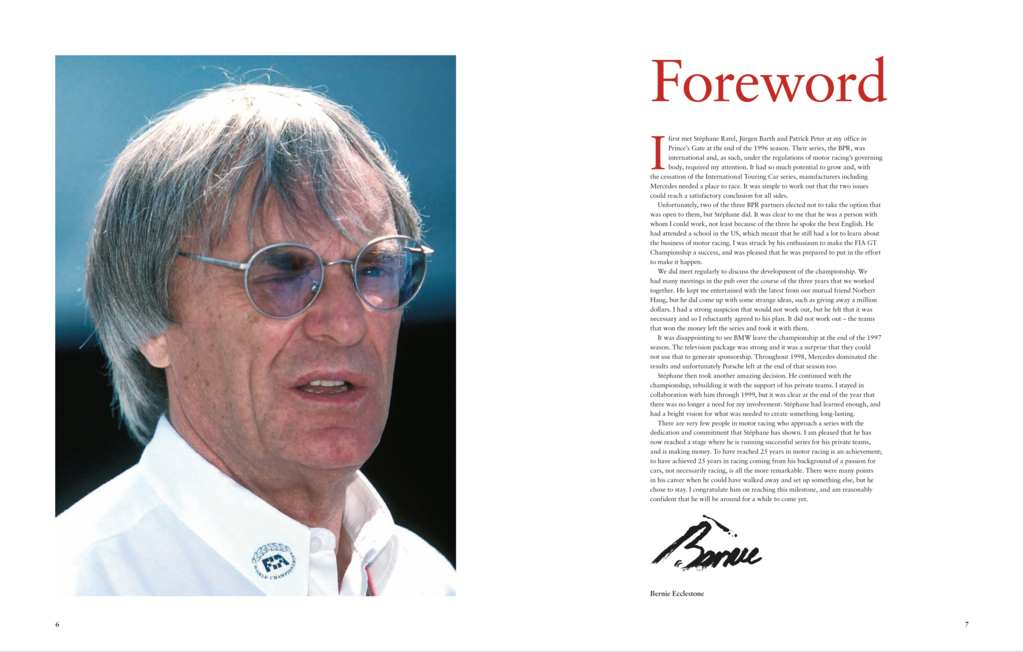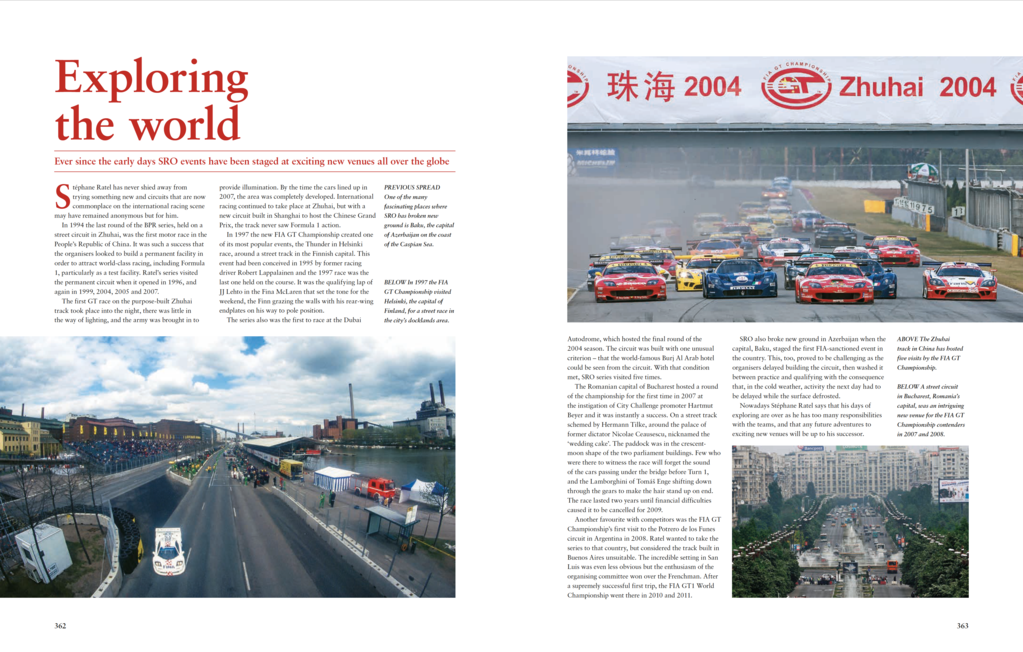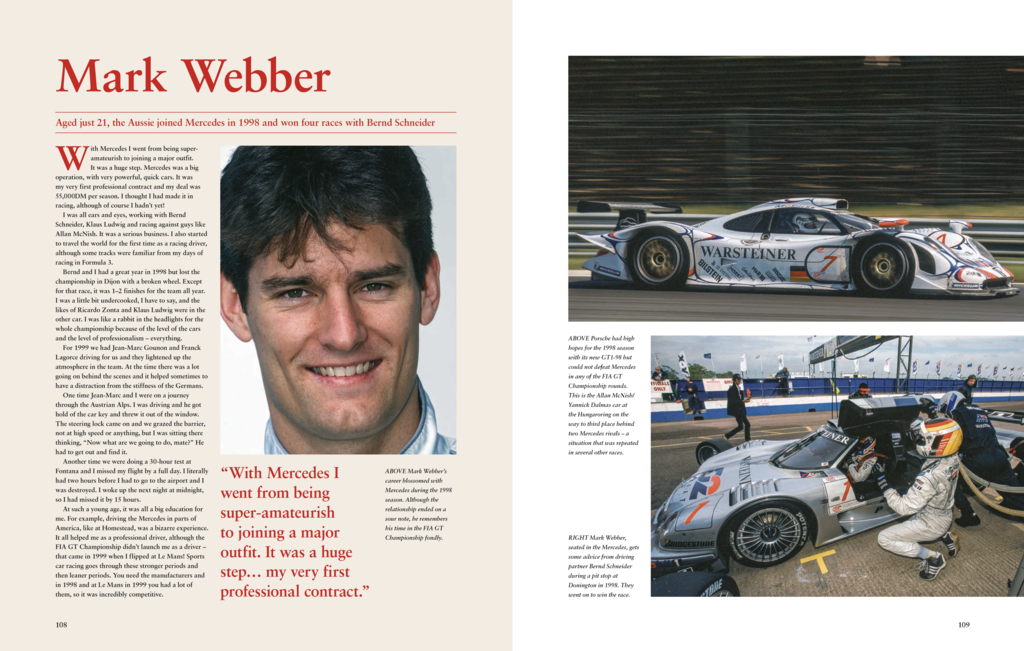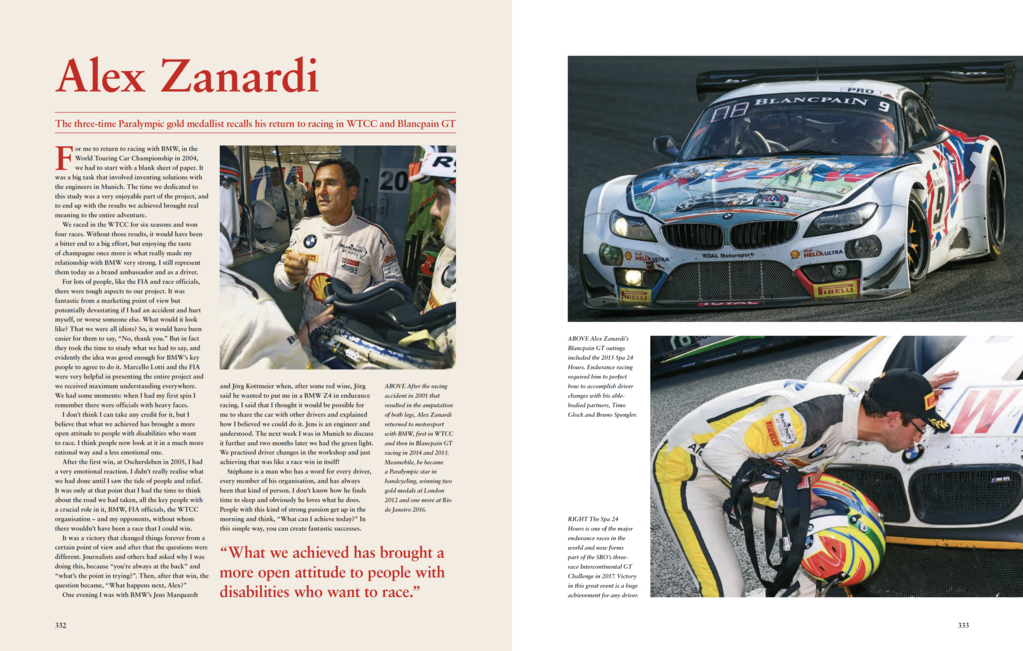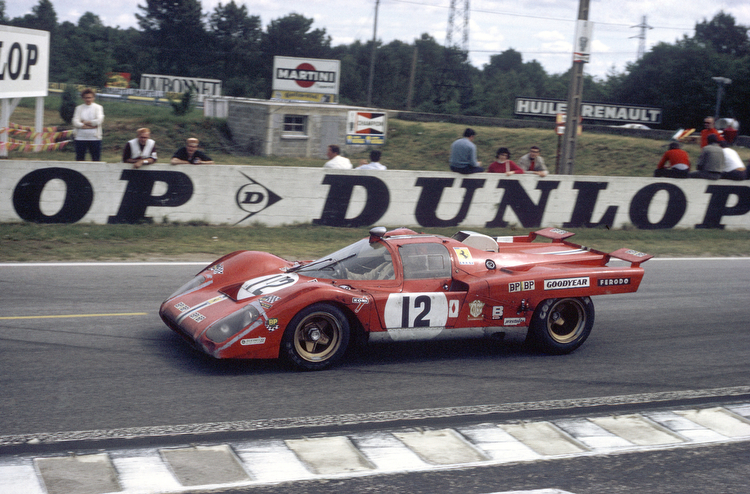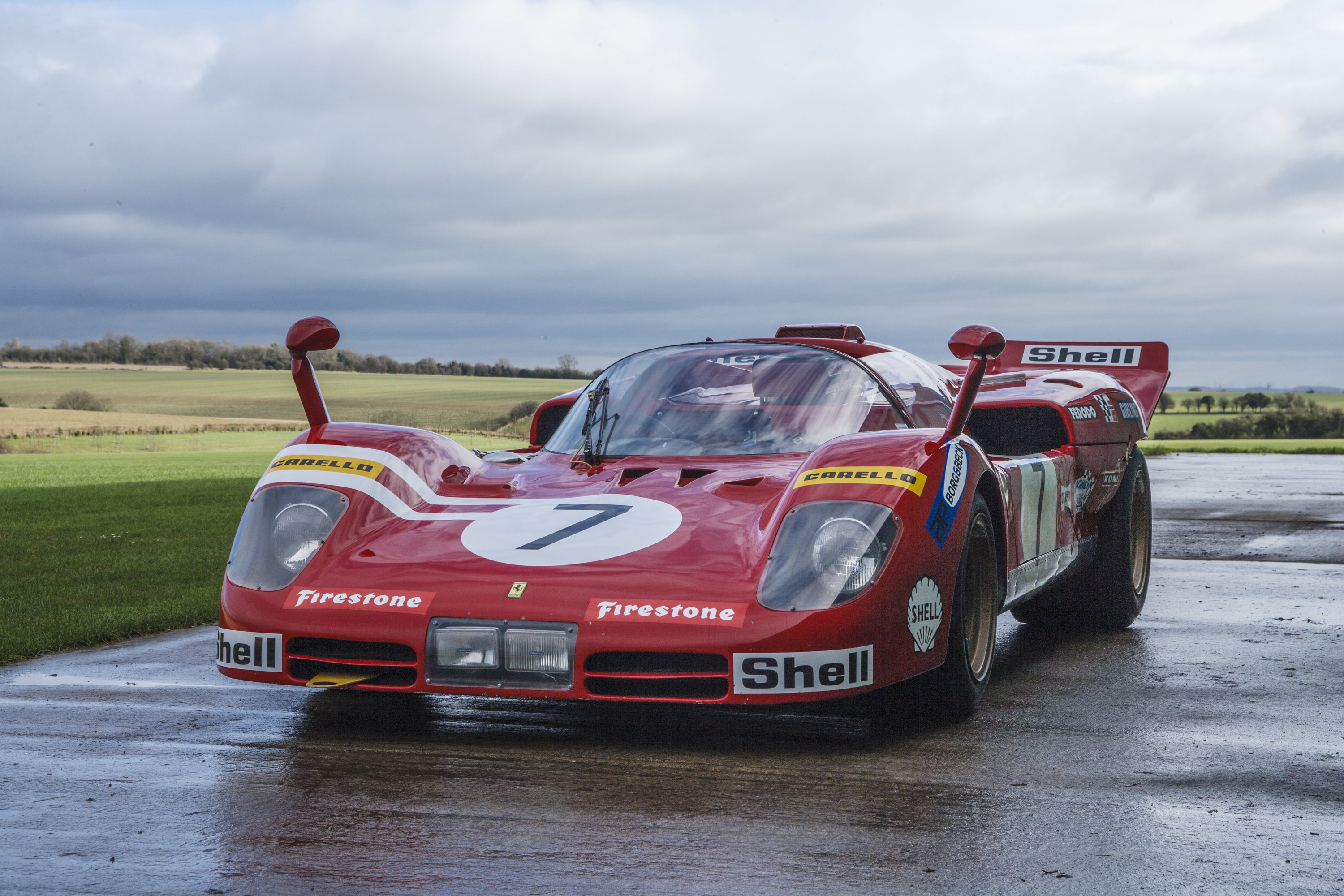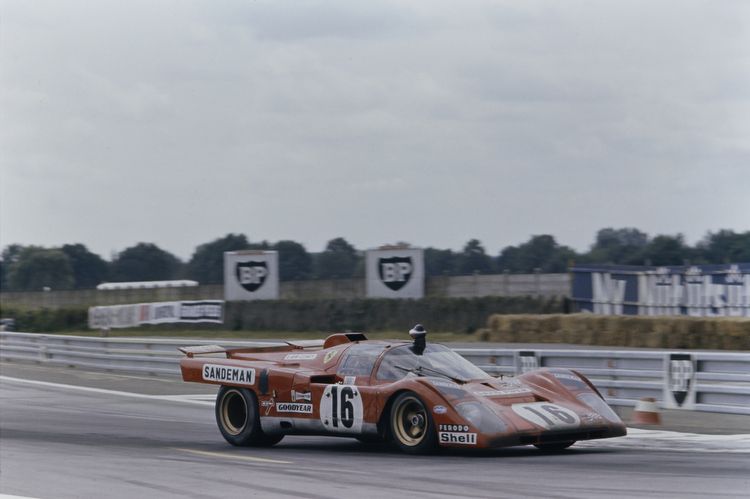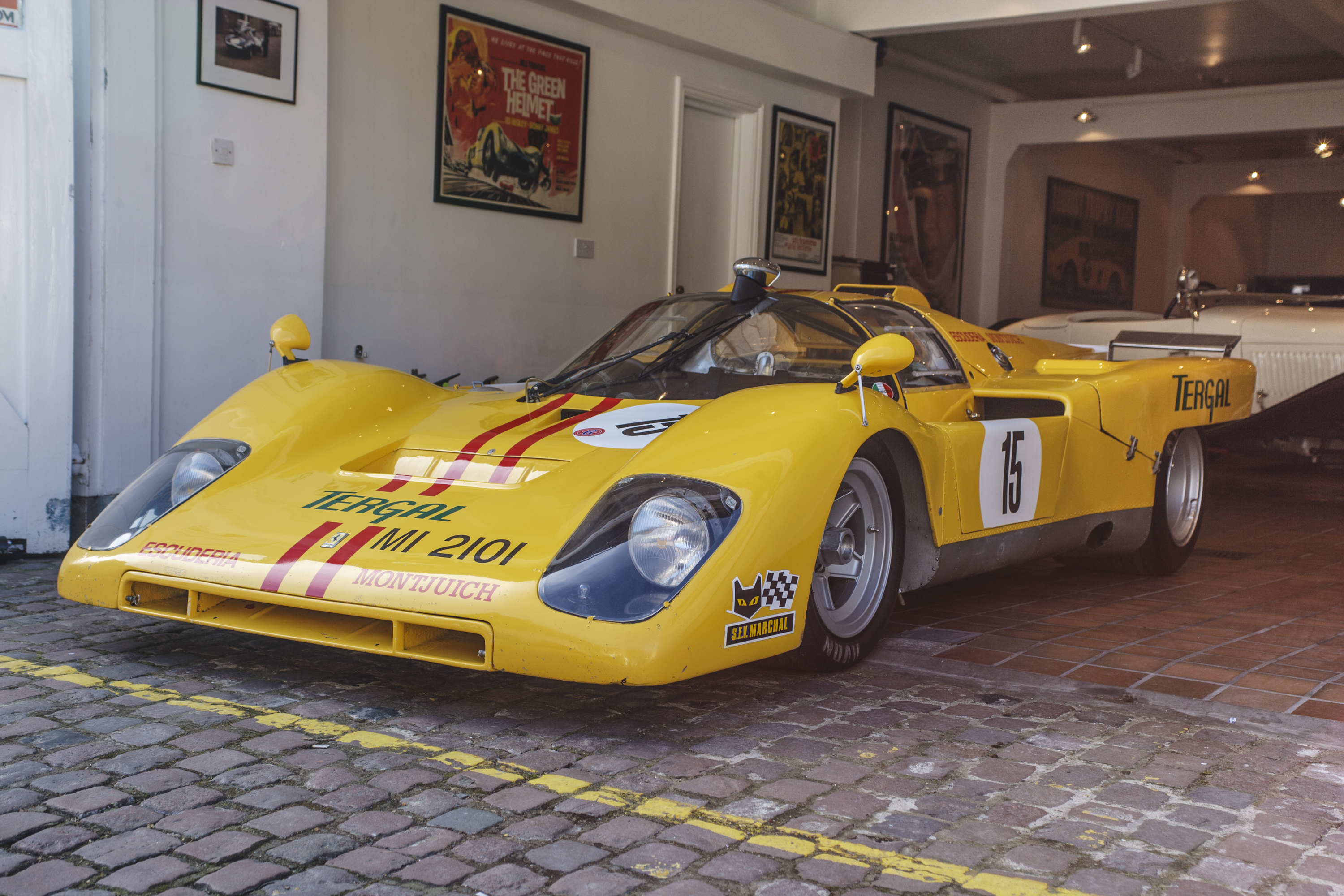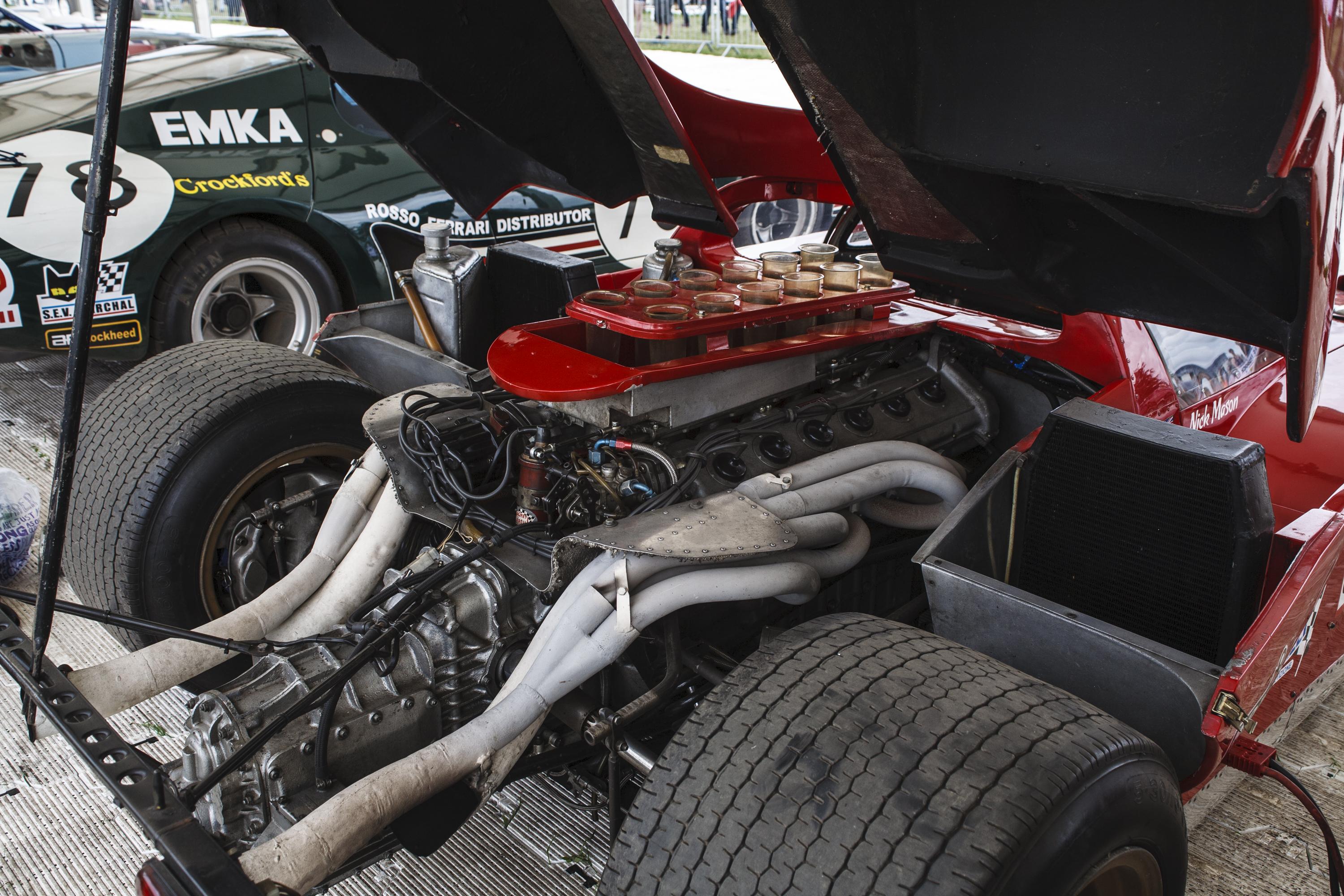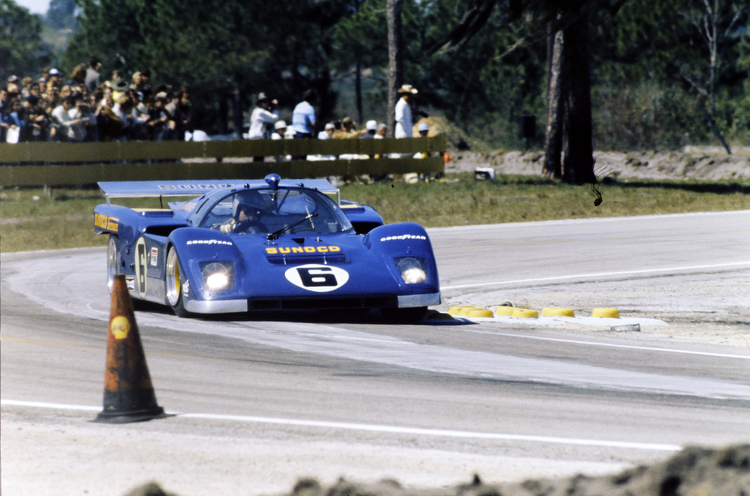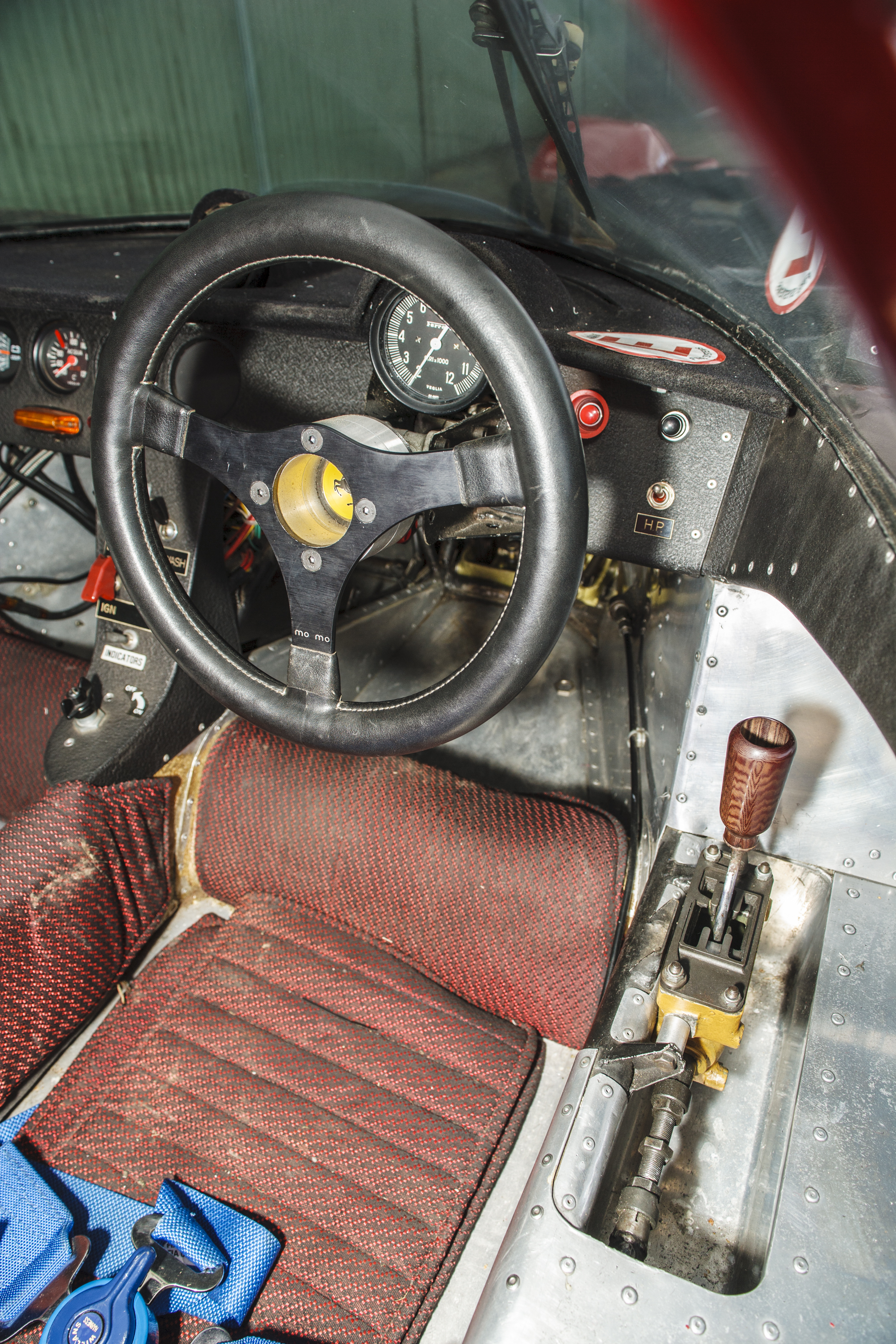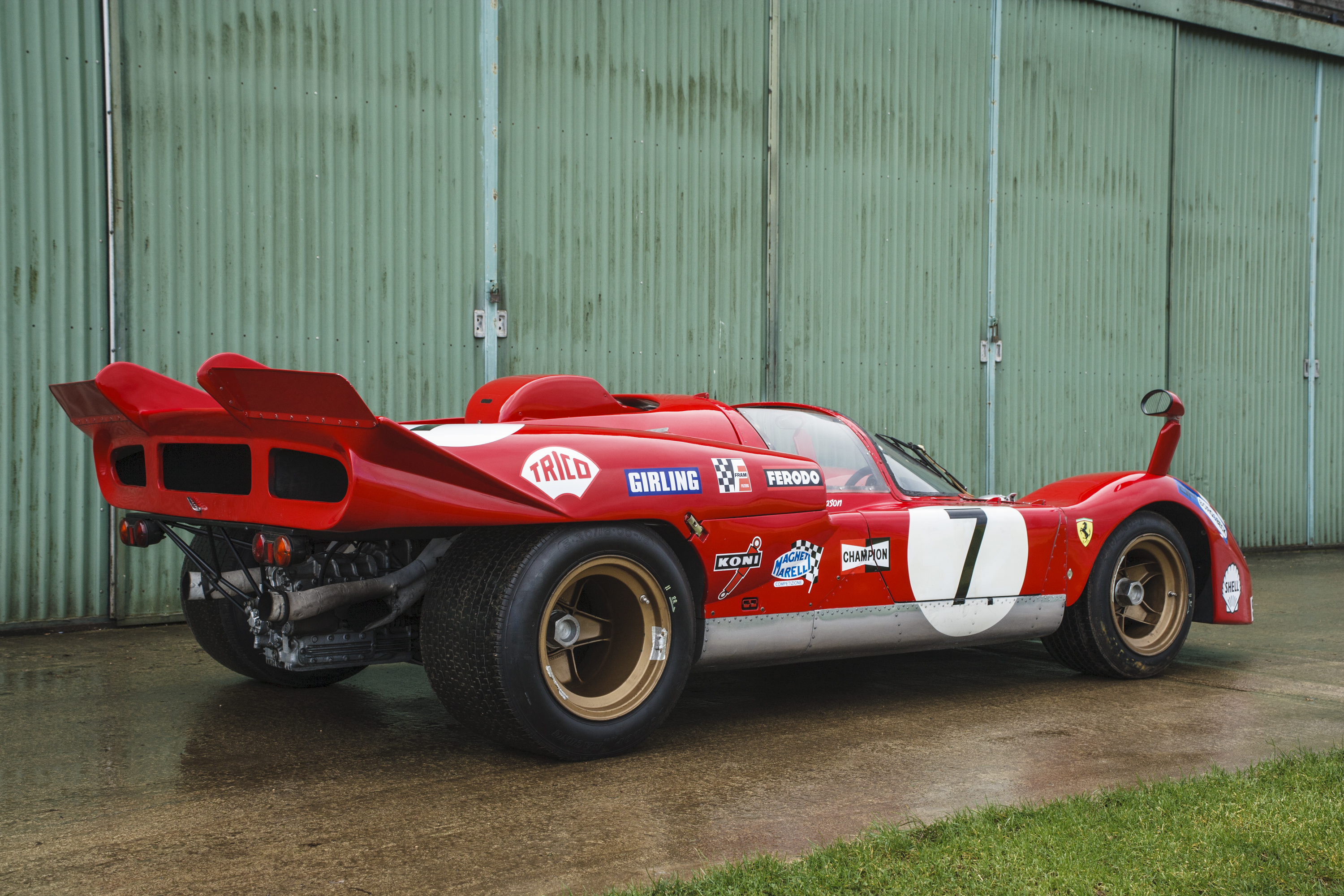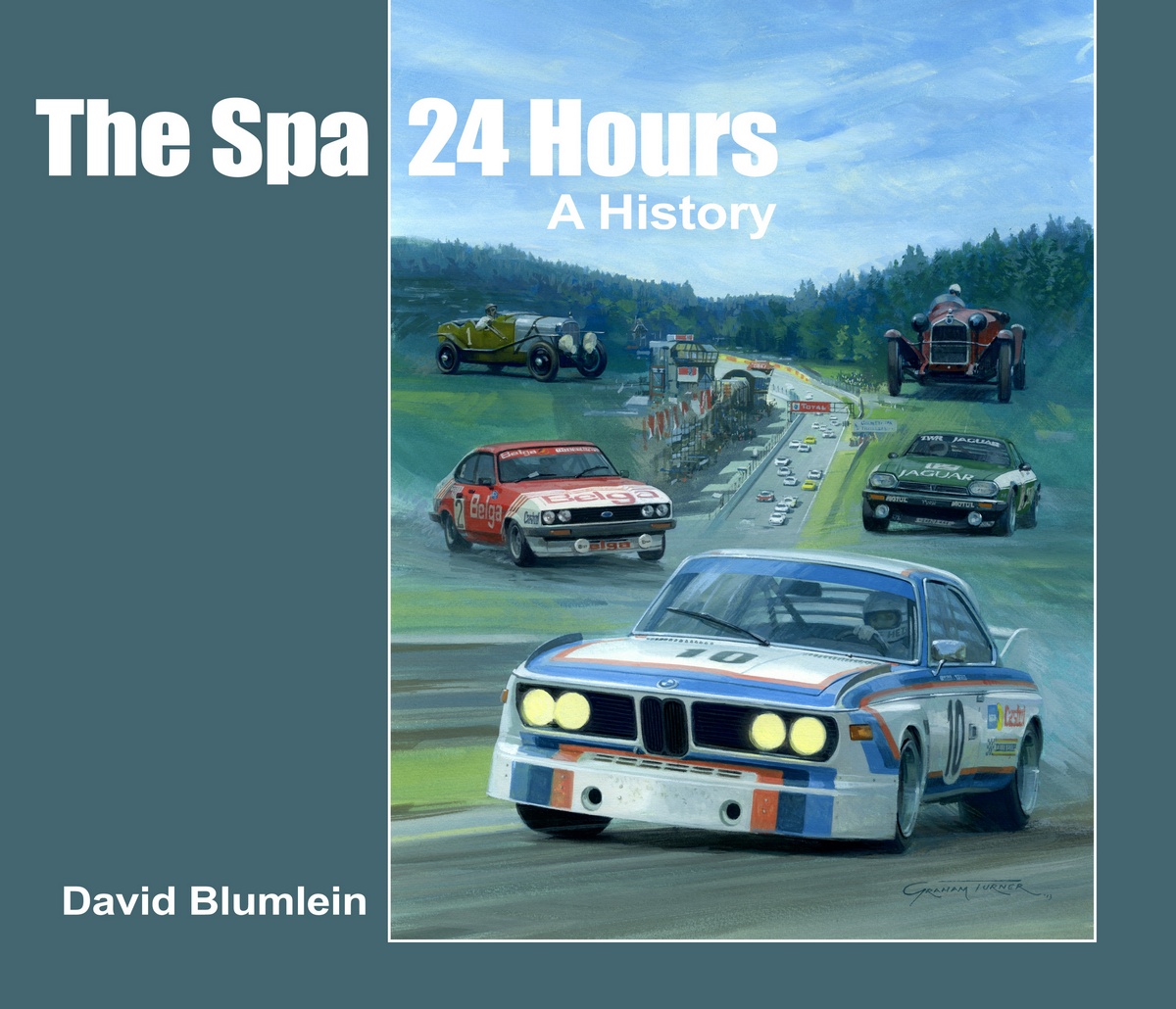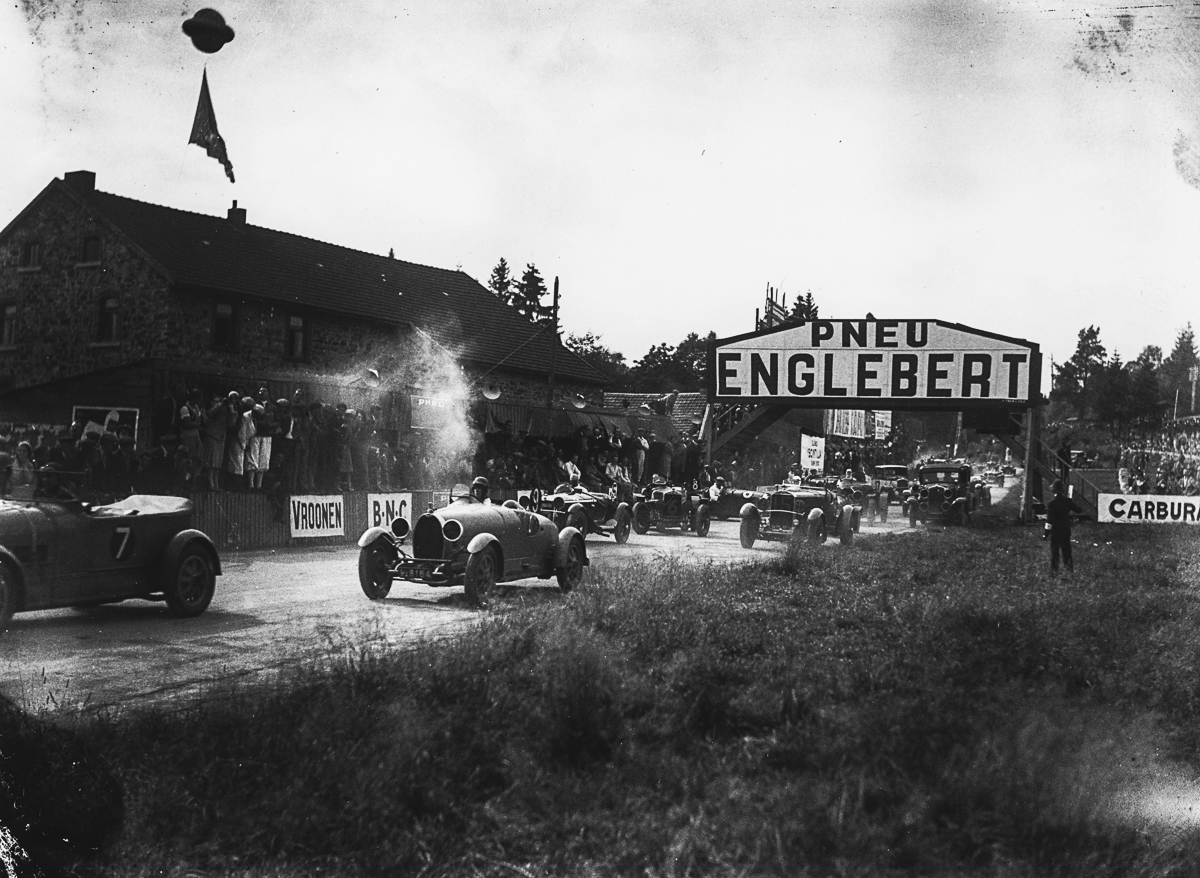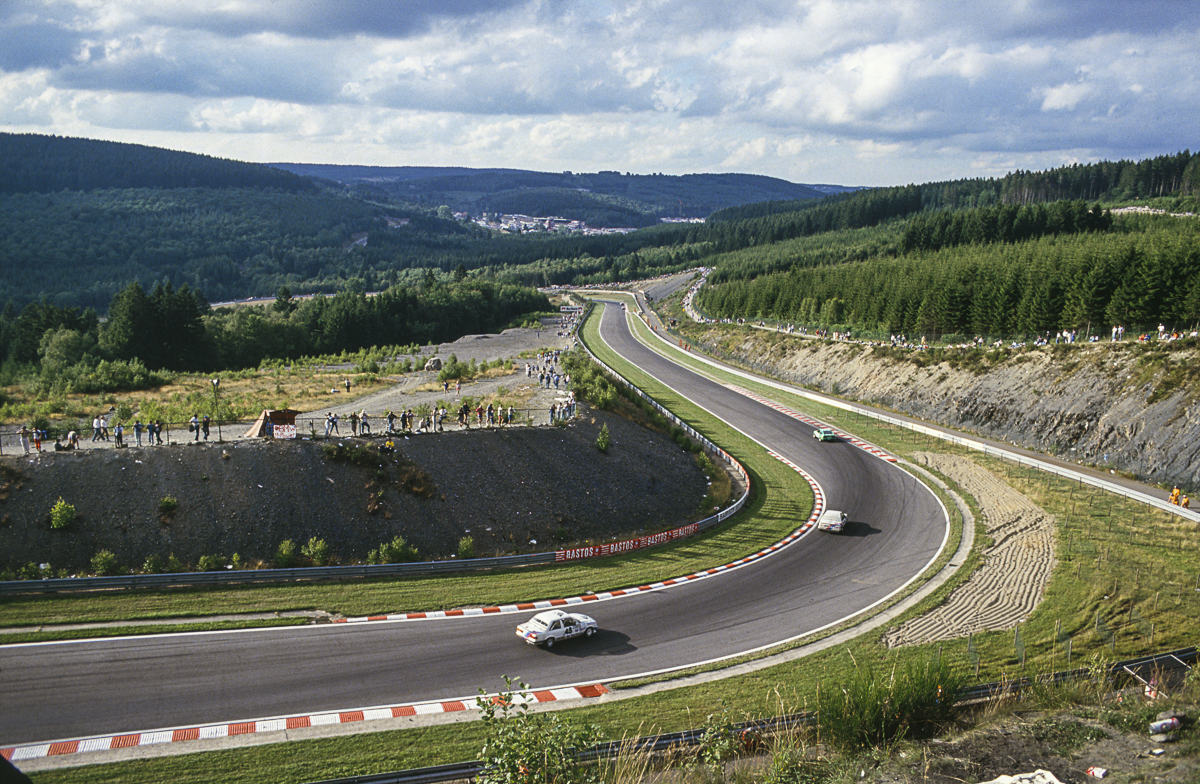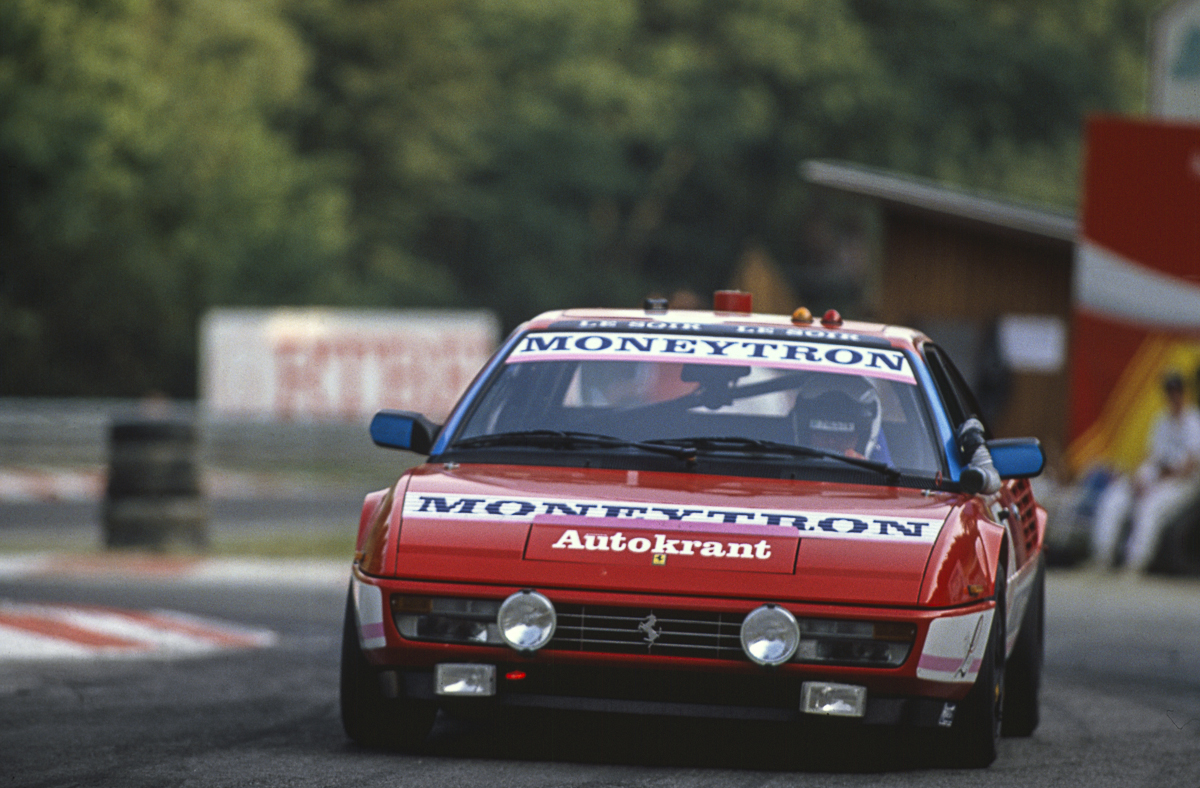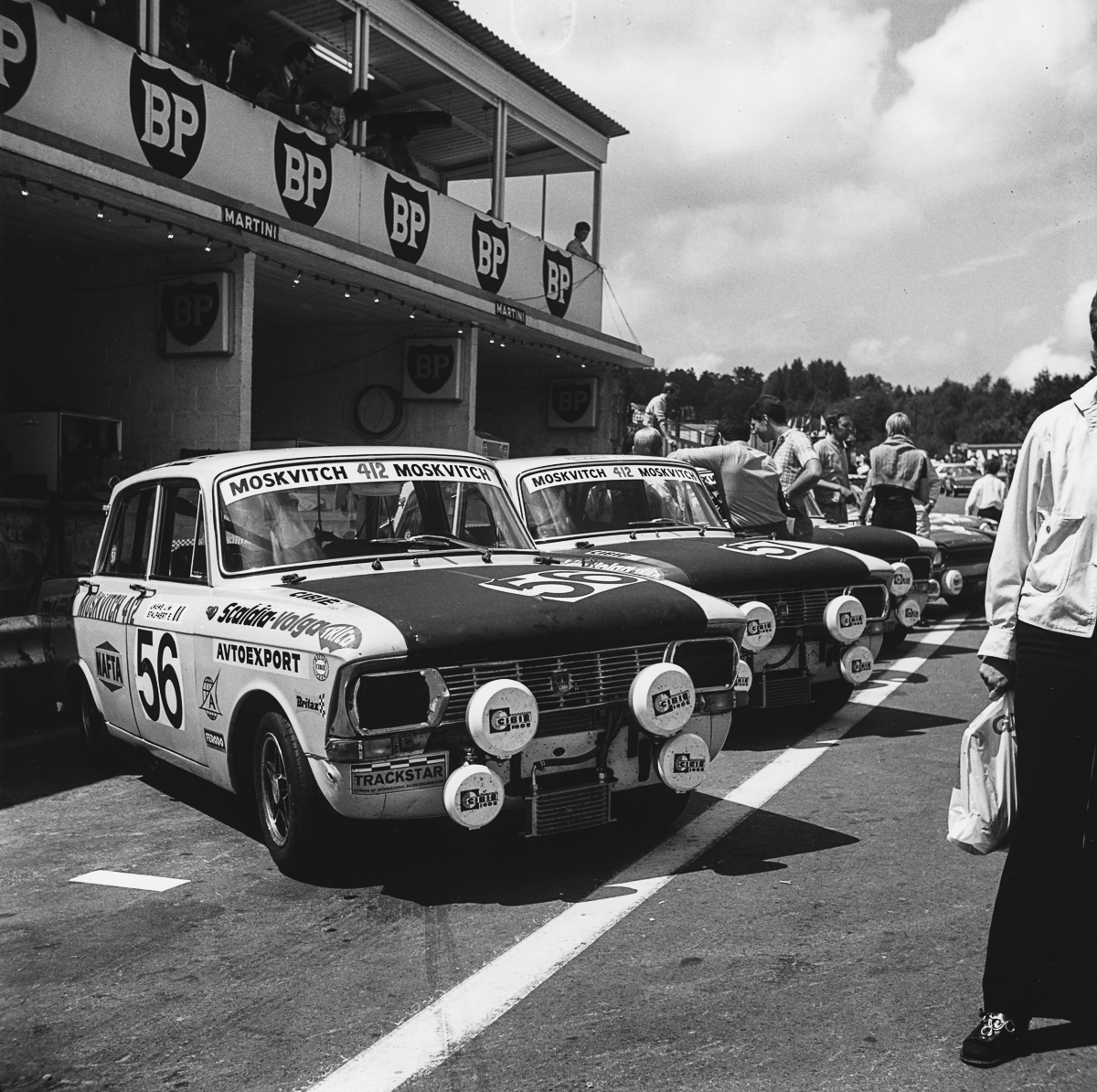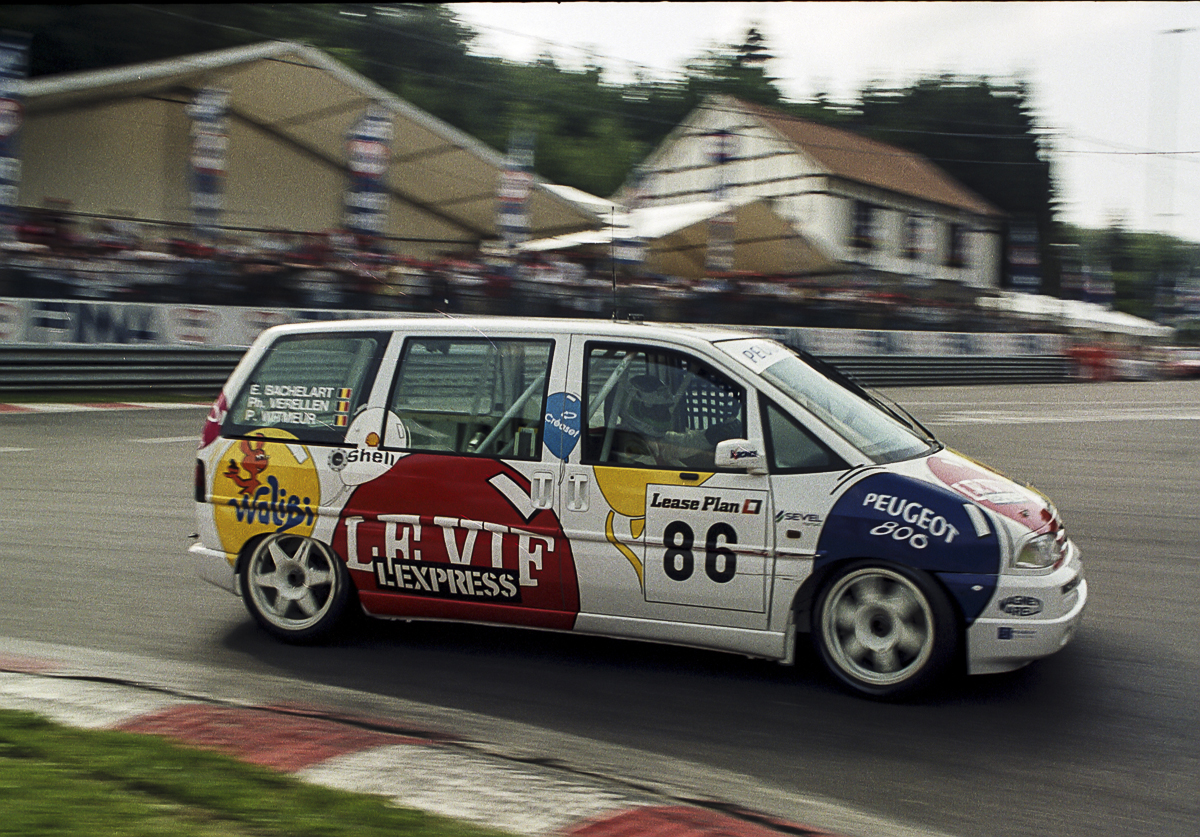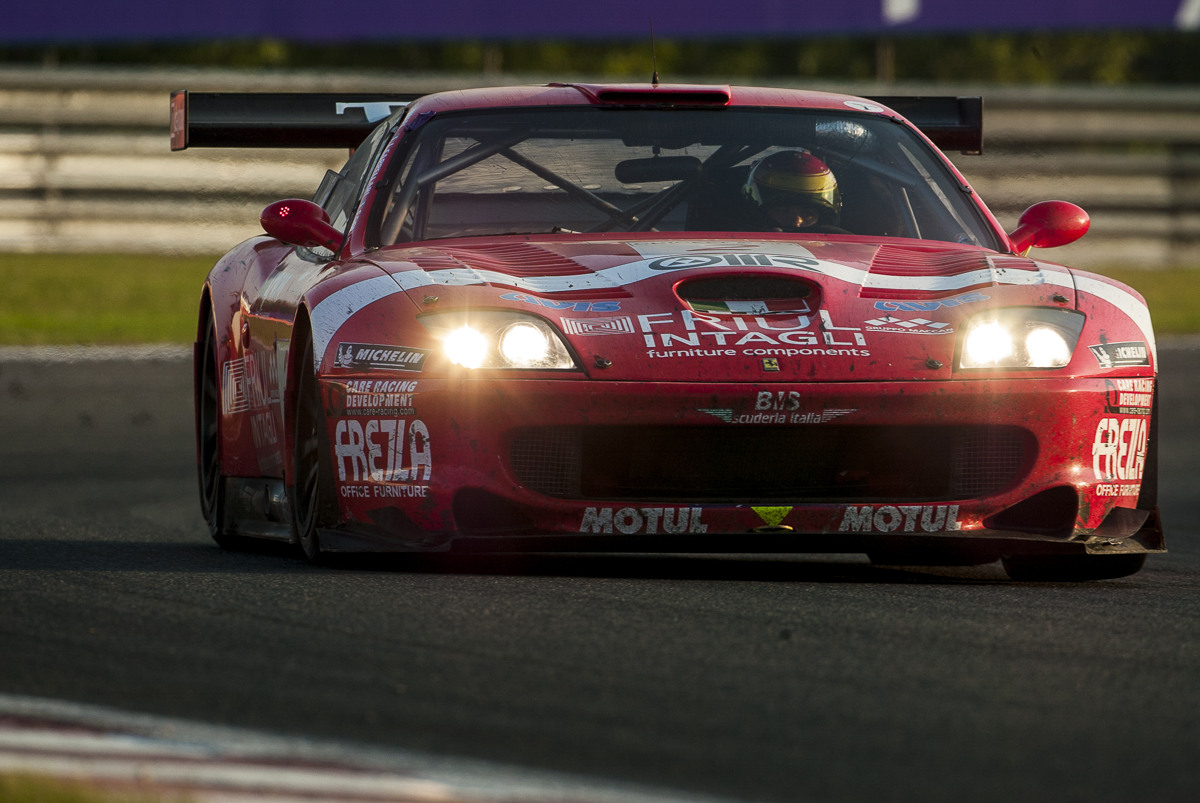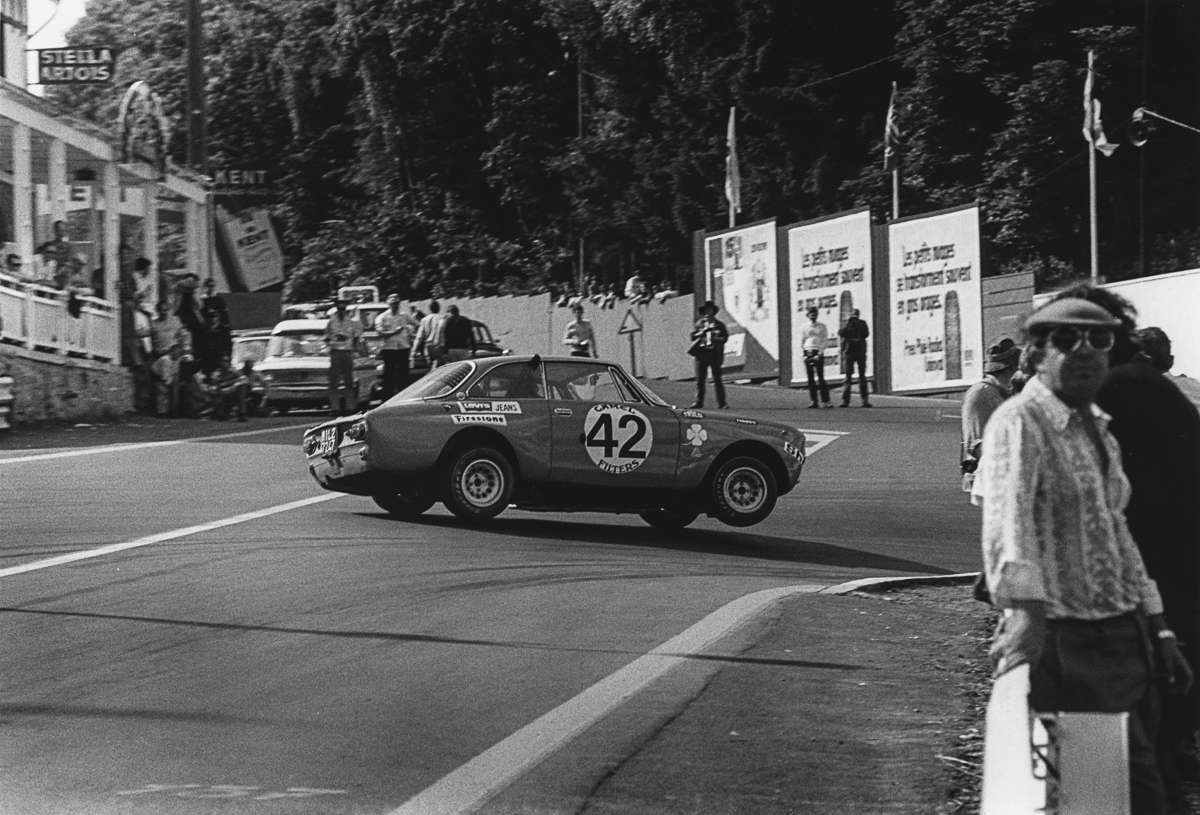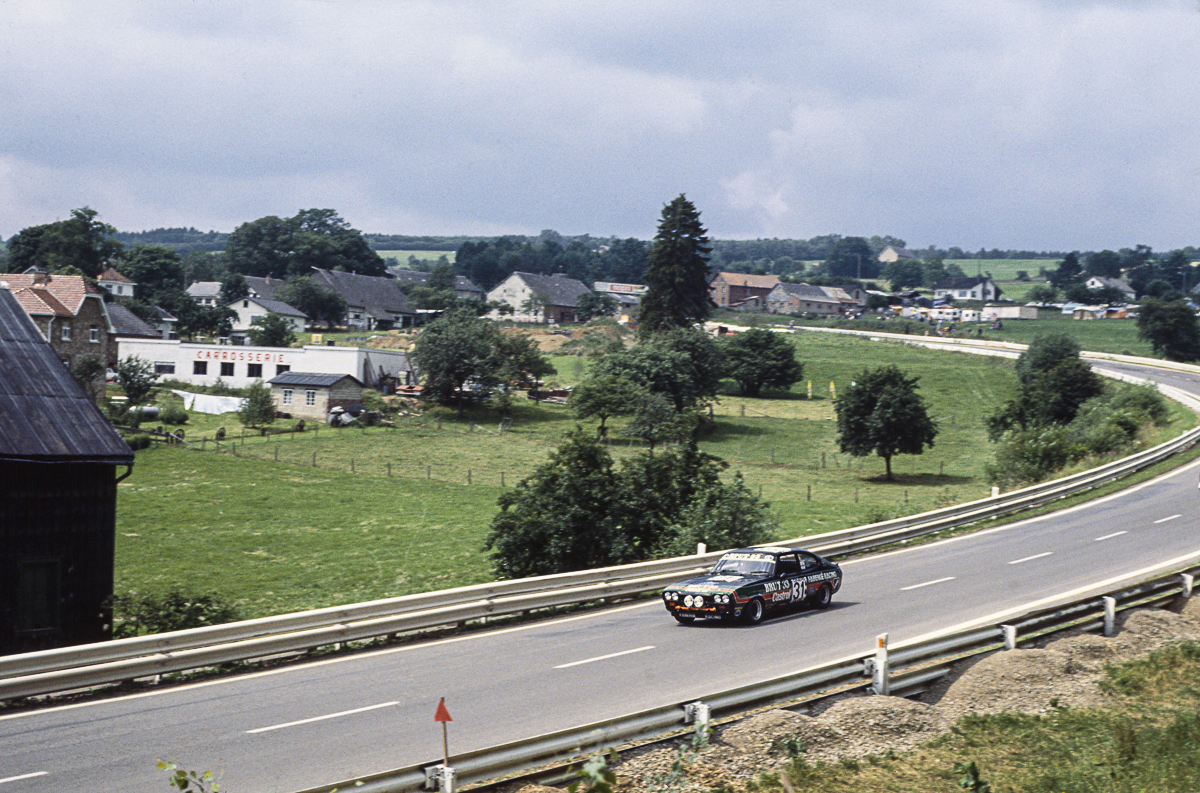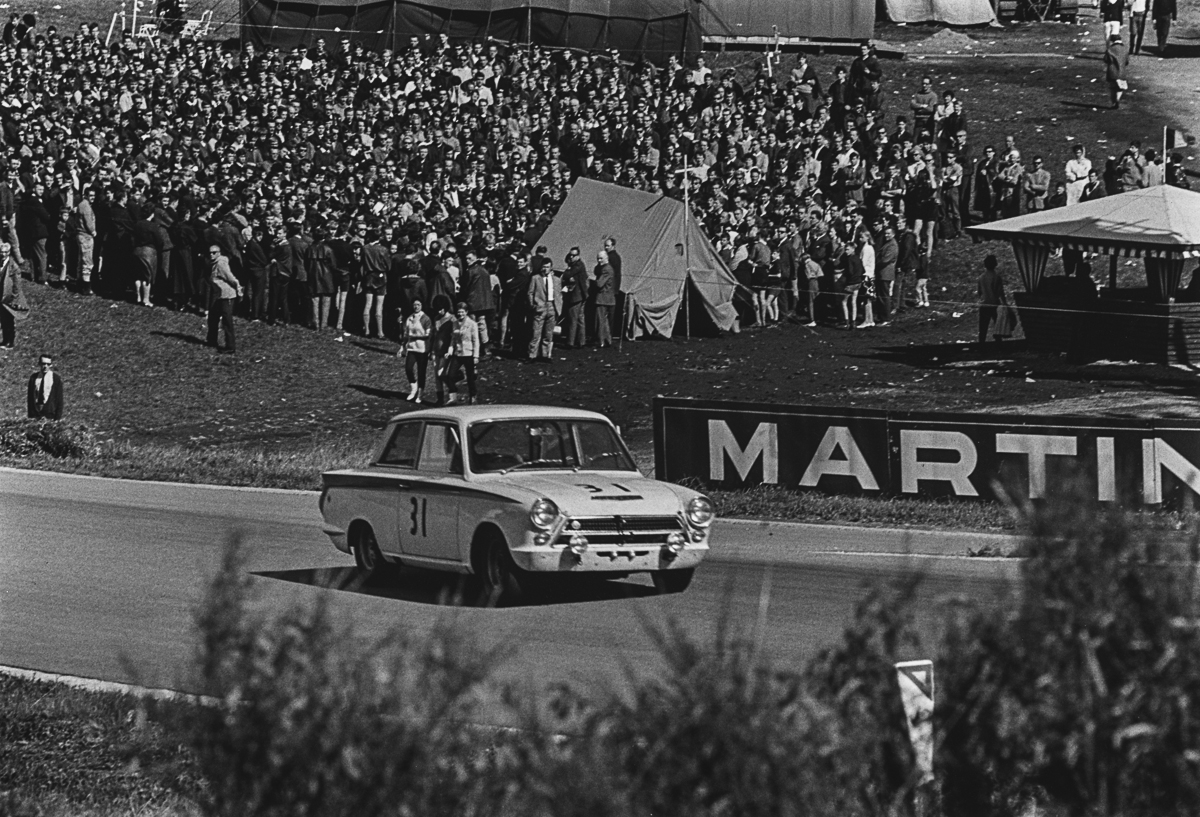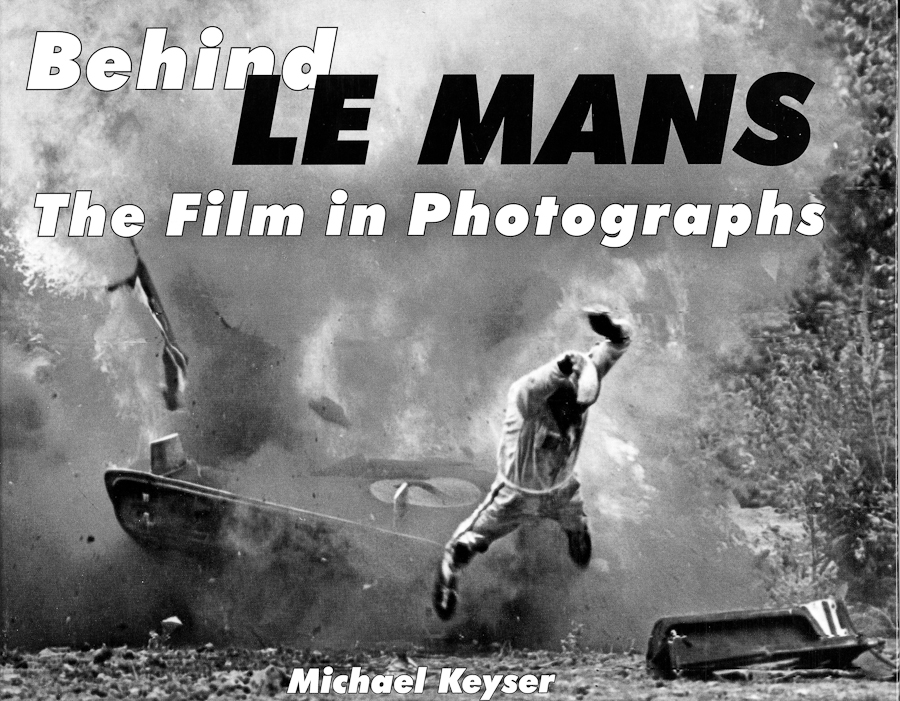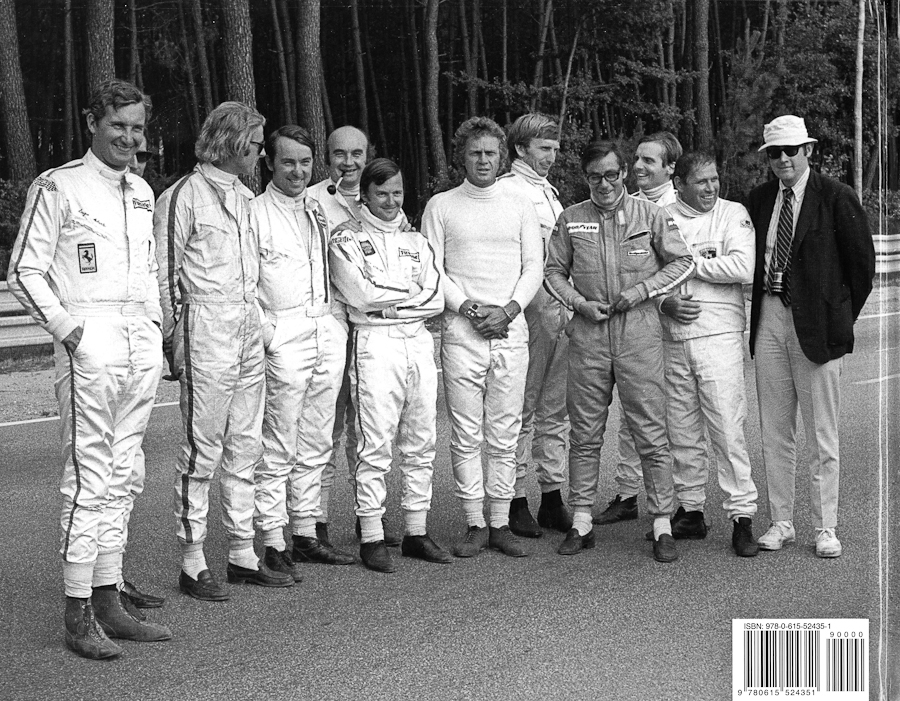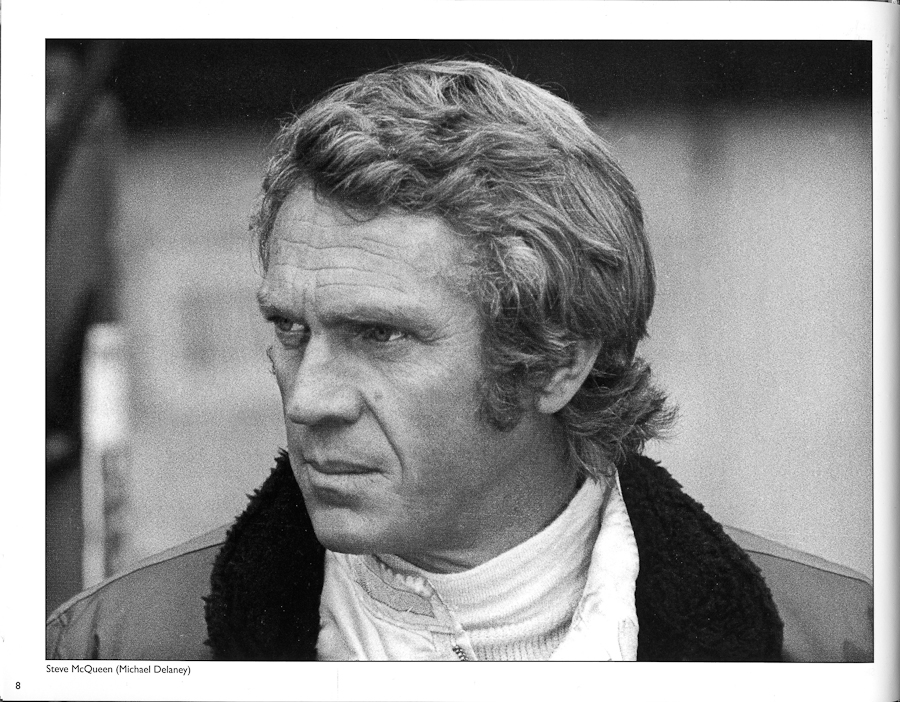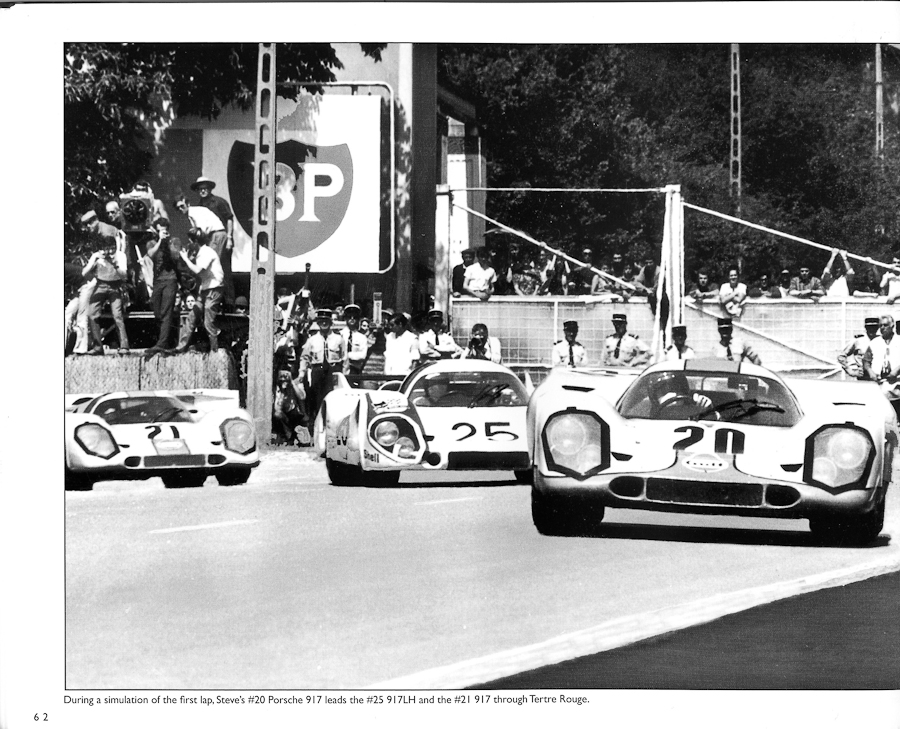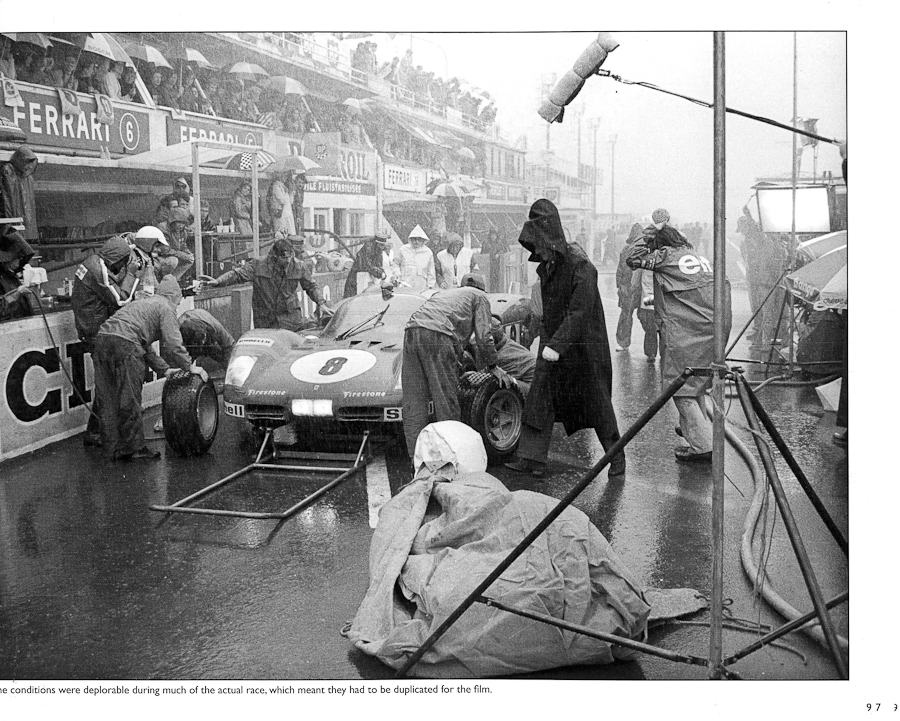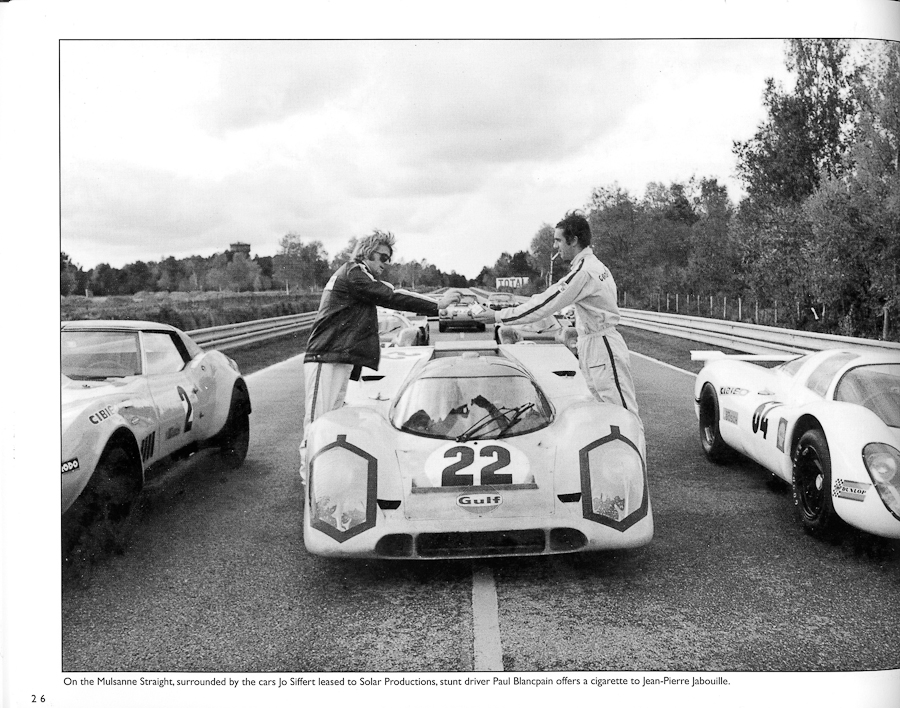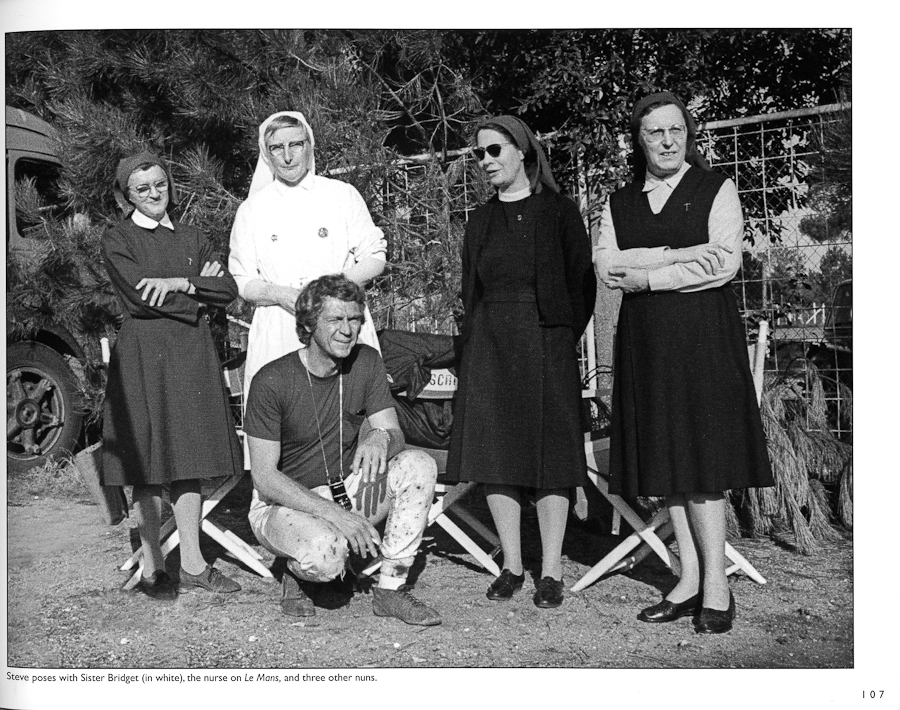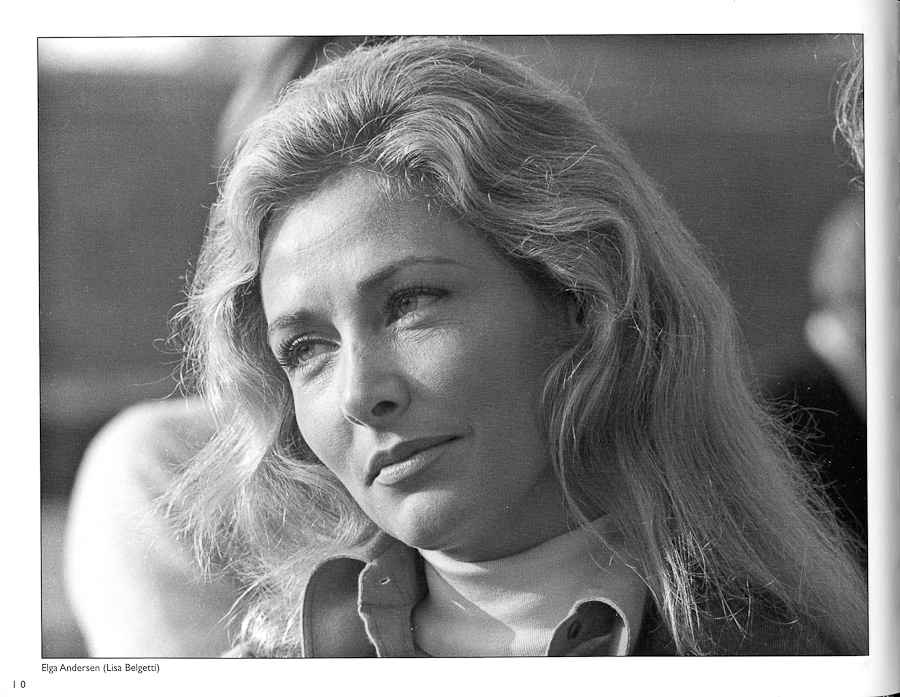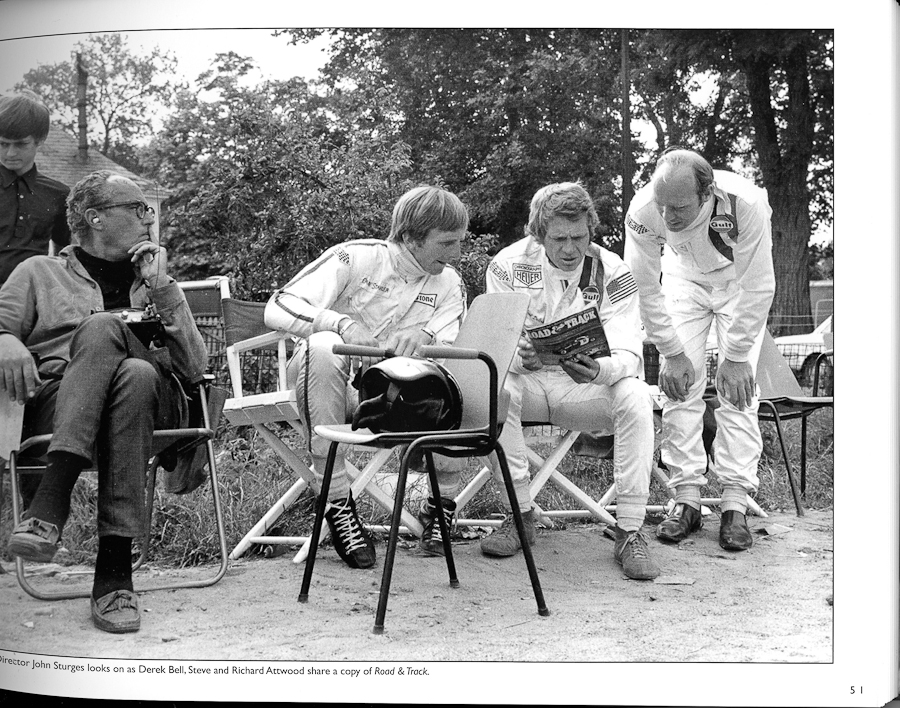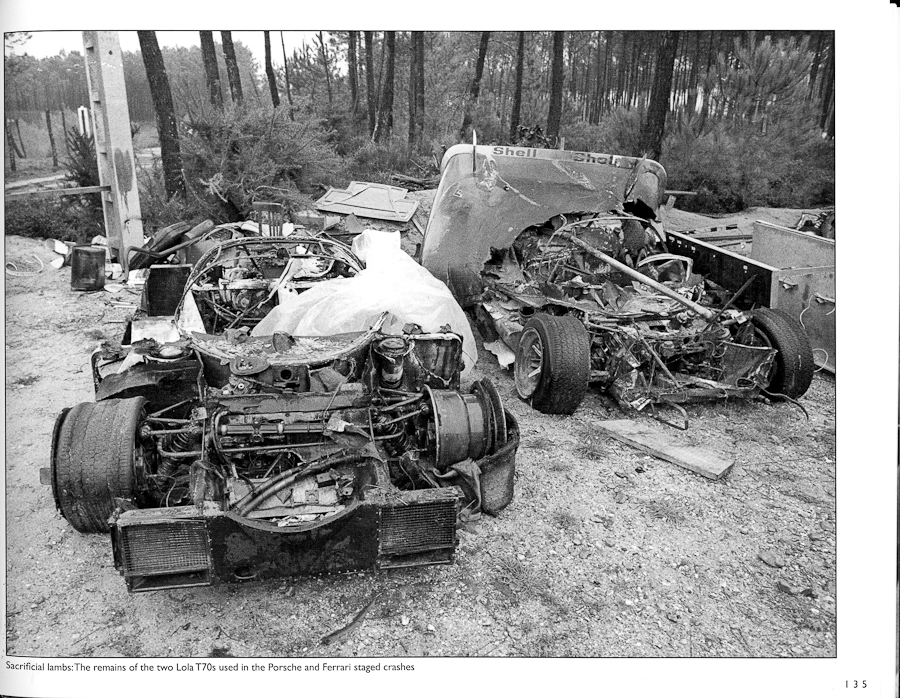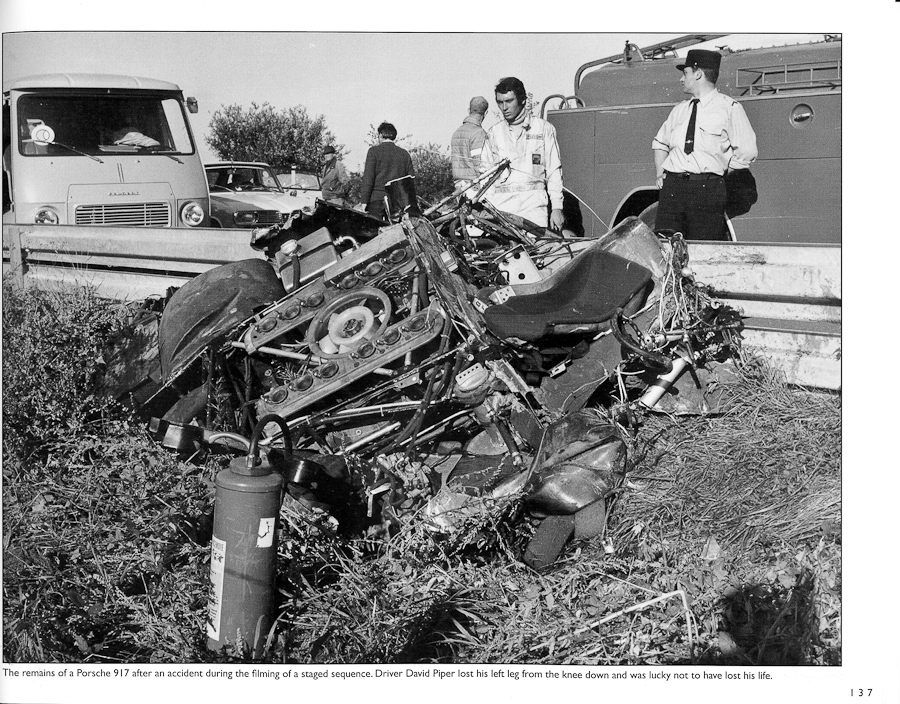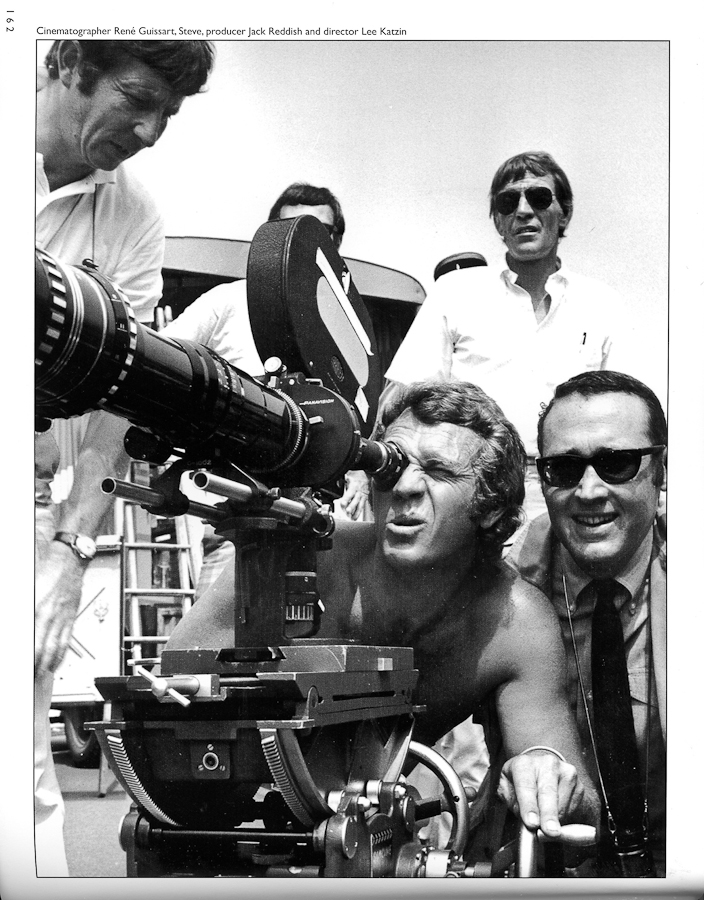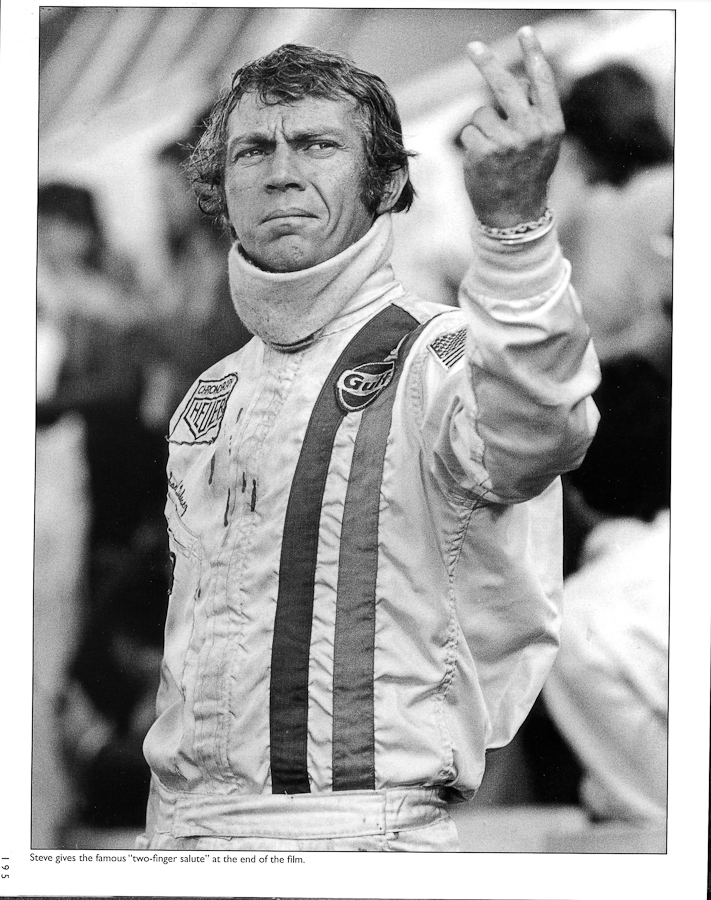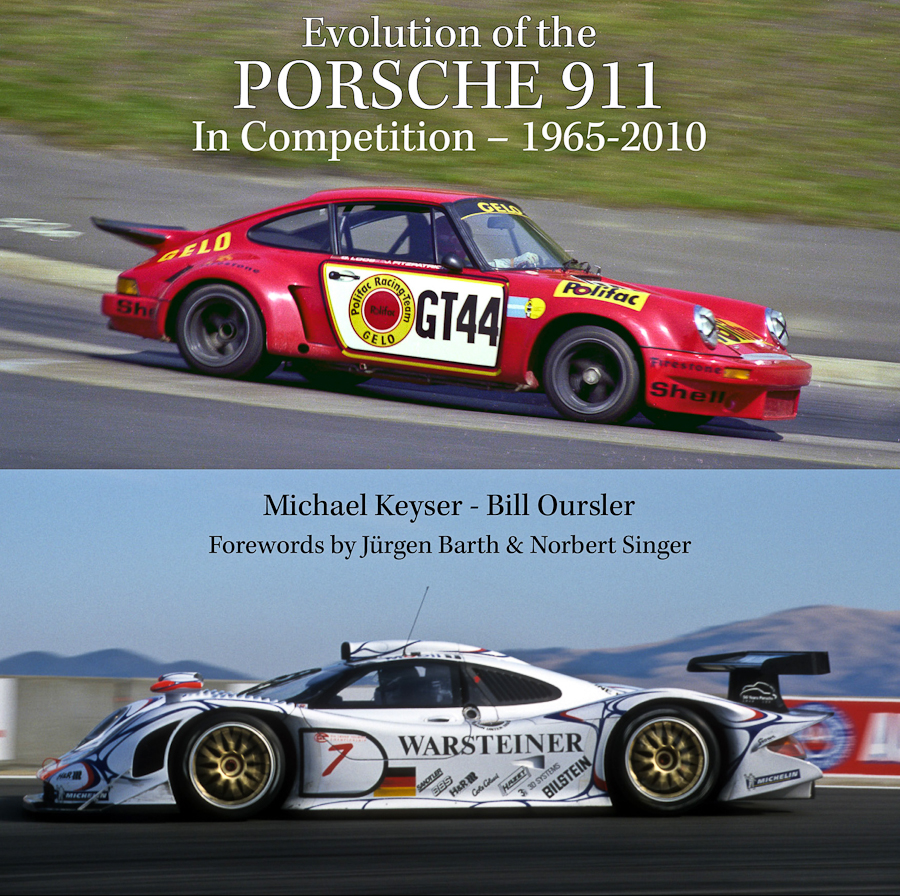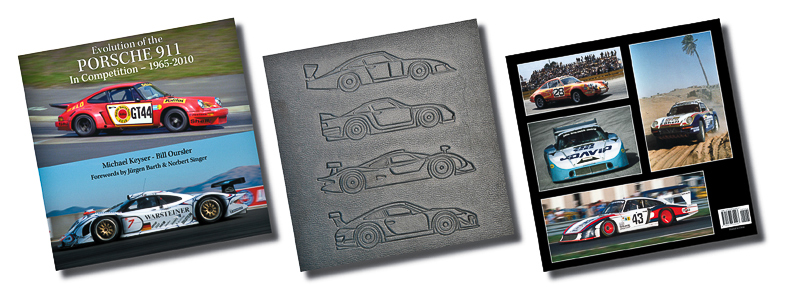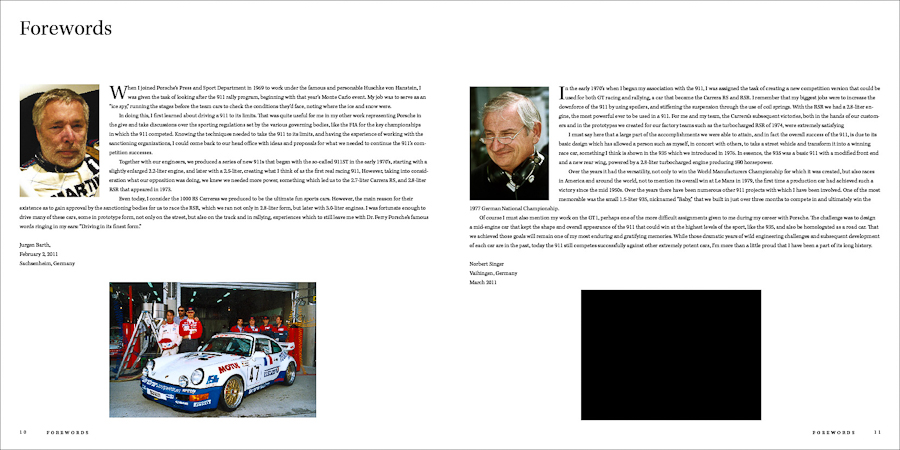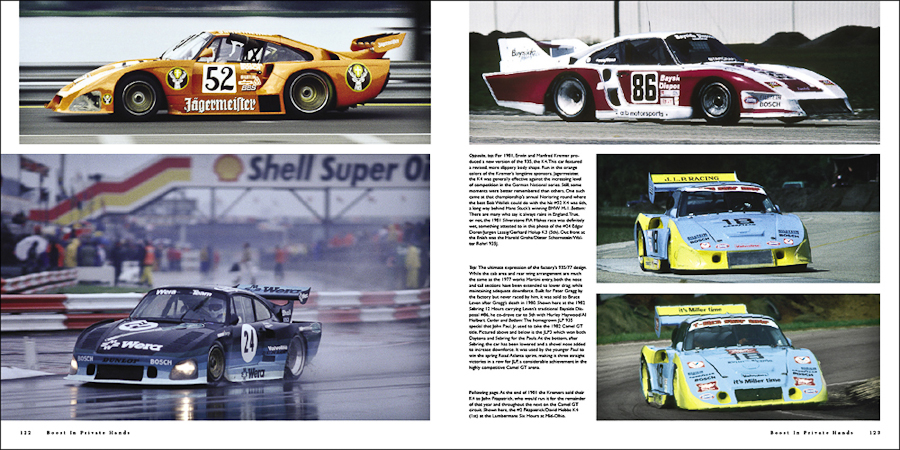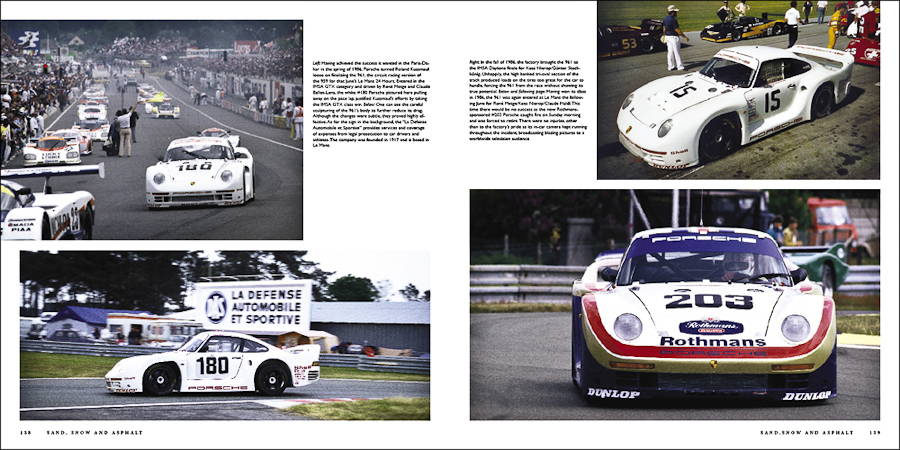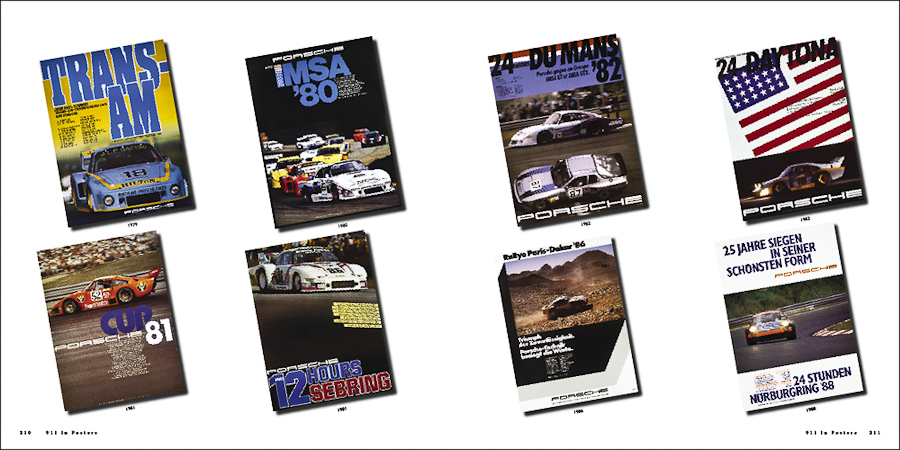
Ten years or more has passed since Bob Wollek was killed in an accident on Highway 98, near Lorida, Florida. Last summer has seen the publication of a biography of the great French endurance driver, written, appropriately, enough by his close friend, Jean-Marc Teissedre.
Jean-Marc is now unquestioningly the leader of the journalistic pack in the endurance sportscar racing media circles. The proud Frenchman has been covering that aspect of the sport since the ’70s and now, since the retirement of Mike Cotton, is probably the only one, other than Mark Cole, who can remember witnessing the glory days of Group C. Jean-Marc was a confidant of Bob Wollek and there can be no more appropriate author of a book celebrating the life and times of a very successful racing driver.
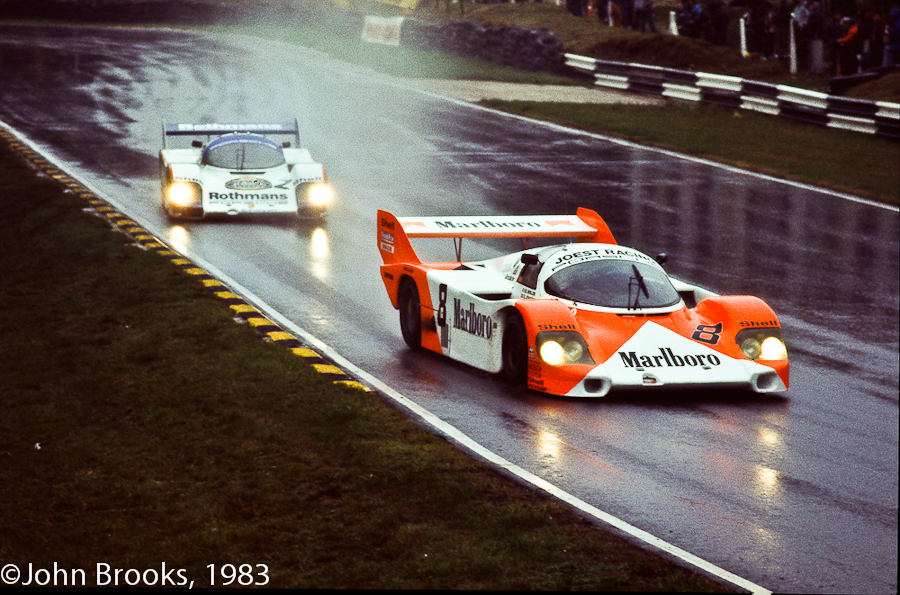
However the book is far from a hagiography, it is a warts and all account of a man who spent nearly 30 years at the top of the sport. A indication of the honest tone of the book is found right from the start as Jean-Marc gives an account of his first encounter with Mr. Wollek.
“Can you imagine a worse introduction to a guy who had a reputation for being pretty unsociable than having to ask him for money? This is what happened to me in the paddock of the old Nürburgring on Friday evening before the final round of the 1977 German Circuits Championship. Auto Hebdo sent me to Germany to cover the event, and I got the exchange rate between the French Franc and the Deutschmark a bit mixed up. The only solution was to find a Frenchman who would get me out of this mess. And they were thin on the ground in that era. So it looked like my only hope was Wollek! I didn’t know him, but the magazine asked me to follow him closely as his reputation was just beginning to expand beyond the banks of the Rhine. But at this particular point in time I had to introduce myself to him not as a journalist but as a beggar! So after a very careful approach I had to come clean. I told him who I was and asked for what I wanted almost in the same breath in a barely audible voice.
“Who the hell do you think you are asking me for money? We don’t know each other- do you think I’m the Bank of France, or what?” he shot back. A long silence followed our first contact. By the time I’d got round to thinking up an answer, Bob had already gone to the rear of the car and was talking to the Porsche Kremer Racing mechanics in German.
I walked a little further away and tried to think. I didn’t know anybody, the future was looking grim. But now it was time for practice so I said to myself that I’d see about it later. After things had calmed down I went into the press room, and as luck would have it I found myself face to face with Bob. “Have you got your one hundred marks?”
“Well, er .. . no. I don’t know anybody here……”
“It’s not bloody possible…”
I couldn’t make out the rest of the sentence, but it was probably a sarcastic comment about the level of intelligence of the journalistic profession. But I didn’t have to be asked twice when Bob told me to follow him. He flipped open his wallet and gave me fifty marks. But now there was another problem- how was I going to repay him? At best we’d meet up again in the same spot in March of the following year for the first round of the 1978 DRM. This is what I said to him. He rubbed his hand across his forehead asking himself what kind of half-wit he was dealing with. “And a cheque, you don’t know what that is? It’s a little piece of paper you take to your bank and get money in exchange!”
Mumbling vague excuses for not having thought of this solution I promised to send him a cheque on the Monday following our meeting.”
Not an auspicious start.
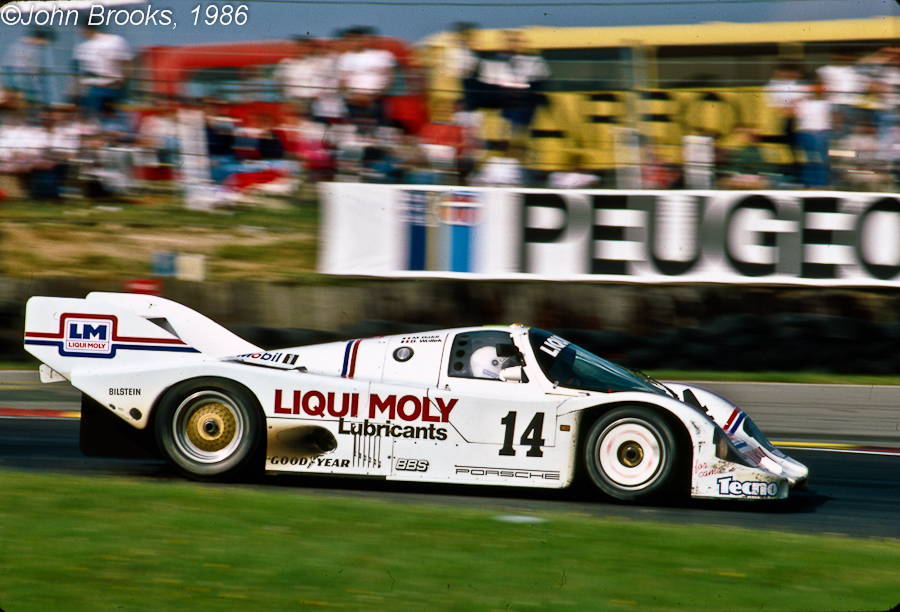
And the book continues in a similar vein, the story of Bob’s career as a skier, then a rally driver and finally to the circuits. Interwoven into the tale are pieces from his contemporaries and also artifacts from his estate. One that caught my eye is the invoice from Motor Racing Developments for a Brabham BT28 the weapon of choice for a Formula Three campaign in 1970, all for the princely sum of £1,860-0-0.
It was in the Brabham that Bob’s career nearly ended before it began. Contact with none other than James Hunt sent Wollek into the trees of Rouen, bouncing from one trunk to another, the car was destroyed and the final destination for Bob was the local hospital for a couple of weeks. Racing at the time was a blood sport, for two others (Jean-Luc Salmon and Denis Dayan) were killed in that race, the drivers adding their impetuosity to the fragile nature of the cars. Bob’s friend of the time and 1980 Le Mans winner, Jean-Pierre Jaussaud, recalled the race in the book, “They tried to pass four abreast in a place where there was only room for two.” What can one add to that?
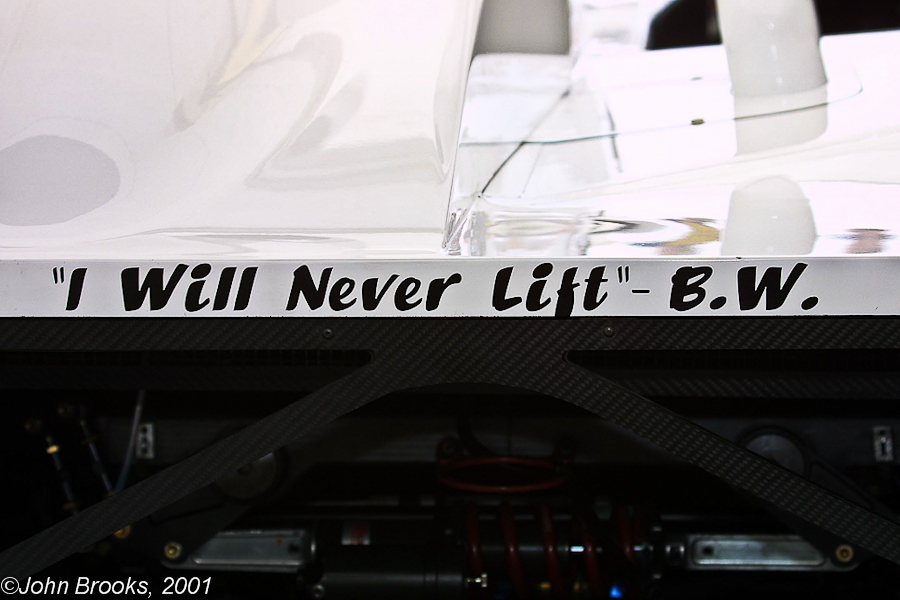
Tribute
The story continues on with Bob soon ascending to Formula Two, and ultimately more significant in the long run he found his way into endurance racing with Lola and Matra. It is all here in chronological order, the privateer Porsche years, his successes in IMSA, the titles and the race wins, culminating with factory drives for Lancia and Porsche.
The book is spiced with comments from his contemporaries, not always complimentary, as evidenced by this passage from his 1995 Le Mans co-driver, Eric Helary. “In my life I’ve only had problems with two drivers: Christophe Bouchut and Bob Wollek. I respect everything that Bob did but he made our 1995 Le Mans 24 Hours sheer hell. Right from the start he behaved despicably. He didn’t want Mario or me to get in the car. He wanted to do the start, the finish, practice, qualifying, the lot.”
And then, “At the finish Mario and I were in the motorhome and we asked each other what the hell was going on in Bob’s head? And it didn’t stop there. After the race he wrote me a letter telling me I was an arsehole!”
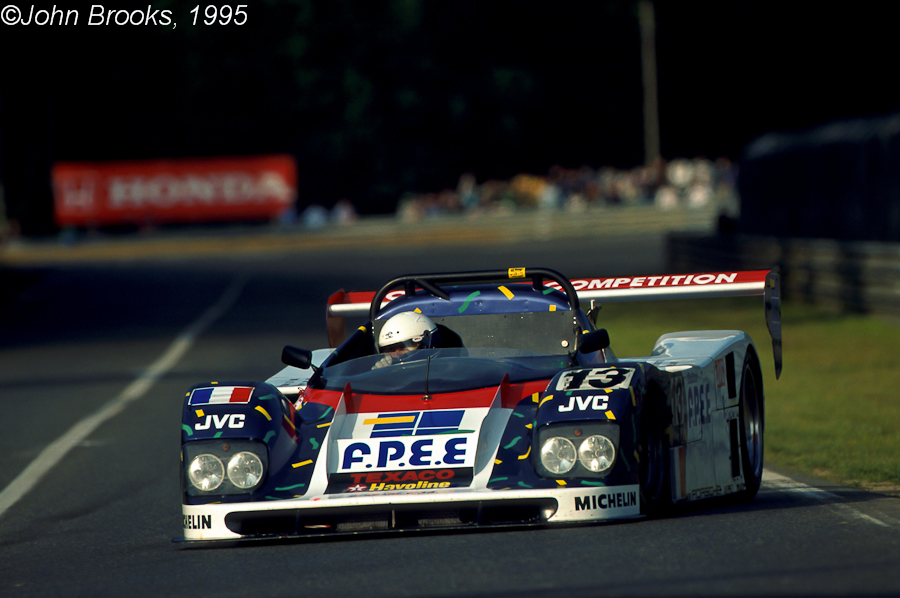
Eric concludes, “Maybe I’m not a good example as I drove with him in only one race and I never came across him again. I have the impression that I didn’t see the real Bob Wollek. I never knew the other side to him.”
Mario, in diplomatic mode, was less critical. “I always had good relations with Bob who I’d known for a long time as we’d done tests in the open WSC Porsche at Charlotte which had gone off without a hitch. I respected him as he had an exceptional set of results.” Team Owner, Yves Courage, also found Wollek to something of a Jekyll and Hyde personality but I will let you buy the book to read the full story. For every negative there is also a positive view from those not easily fooled, like Klaus Ludwig and Norbert Singer.
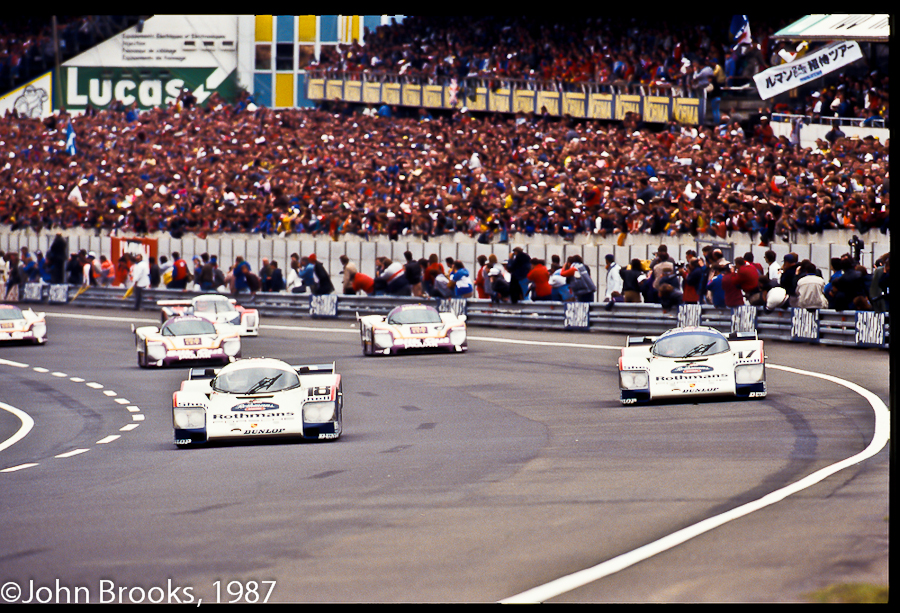
When I sat down to write this review I was inclined to include some personal experiences and I have to say that my own somewhat limited dealings with Bob were, at best, mixed. At the time I started out in motorsport he was one of the stars of the scene and I was another anonymous face in the mob of photographers, so there was no call for any form of interaction. I witnessed Wollek win races, join teams at the wrong moment and endure all manner of indignities at Le Mans. He grabbed pole position in 1987 and then in the race did not even get to drive as the engine went bang. Bob was driving a werks-Porsche, the ones with Rothmans’ signage, they were not supposed to fail, after all excellence was expected. However a rash of top line Porsches retired early in the race, all victims of a batch of fuel supplied by the ACO that was found to have a lower octane level than it should have, which played havoc with the turbocharged cars. Typically the sister car did not blow a piston and went on to win the race against all odds.
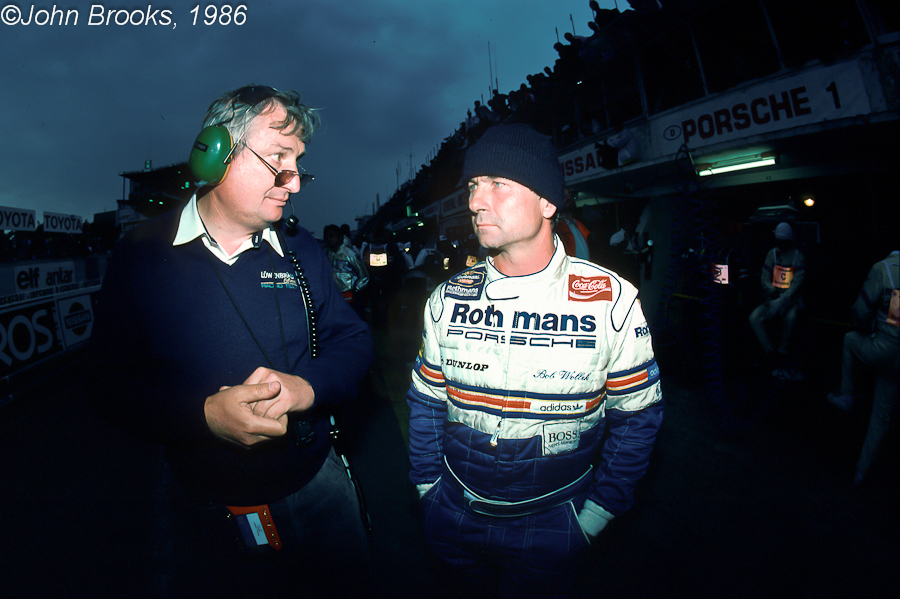
The 1987 edition of Le Mans was perhaps the first time I really saw how forceful Wollek could be. The ACO would have a Friday afternoon press conference which in theory was to champion the great race. However the President of FISA, Jean-Marie Balestre, would also manage to be present and would always take to the stage. Balestre was prone to giving the assembled hacks a stern lecture on whatever topic was troubling him at that moment, so although we were at Le Mans we would usually receive a rant about Formula 1. This was delivered in the theatrical style of a proper tinpot dictator, thumping the desk and getting red in the face all the while bellowing about FOCA or the drivers, or some other iniquity.
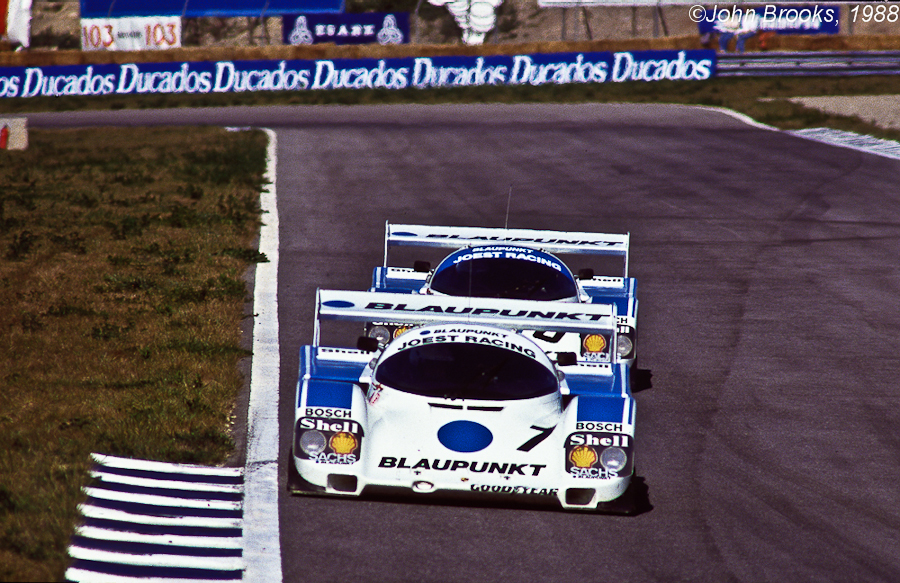
Craven cowards that we in the media were, we would endure these bizarre performances without protest, partly because we wanted a pass the following year, and partly because there was usually some form of gift or bribe to encourage our attendance. For instance in 1986 it had been a Magnum of vintage Moët & Chandon Champagne, I can certainly remember that high point of dubious incentives. Well I still have the bottle in my office though it is sadly empty, the bottle that is.
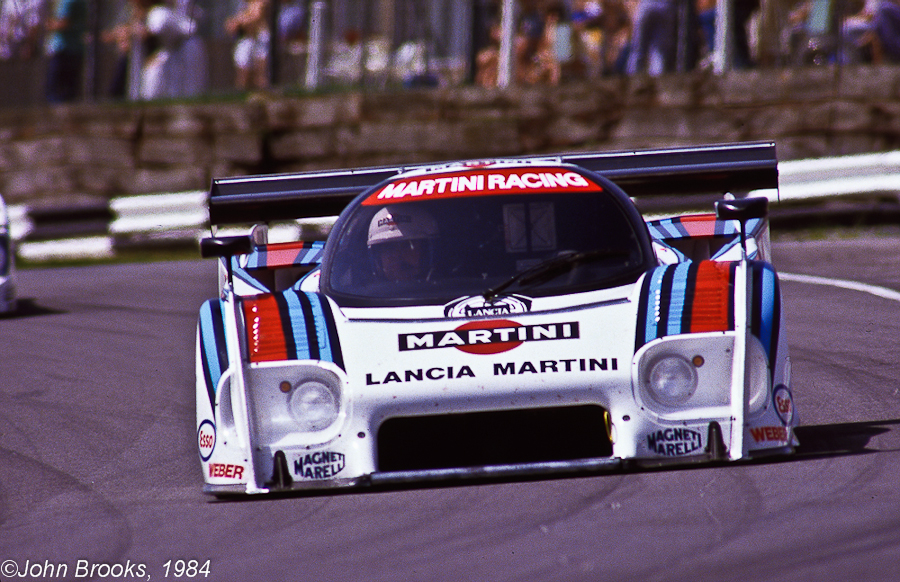
There was the usual matinée idol performance from J-MB and then as the floor was opened to questions Bob stood up and gave Monsieur le Président a full blast. My French comprehension is poor at the best of times but I was no doubt that this was about safety standards at Le Mans and the irrelevance of the Formula One blather. The drivers were very concerned about the speeds down the Mulsanne Straight, which pushed to the limits of the tyres’ performance, a year earlier Jo Gartner had been killed during the race in an unexplained accident. Klaus Ludwig, a three time winner, had refused to race at La Sarthe unless changes were made. Balestre was shaken by the direct line that Wollek took as he was more accustomed to dealing with a tame bunch of scribblers. Bob made his point quietly but he left the Président in no doubt. The message was clear, force the ACO to do something before someone else is killed. As if to underline this point there were several accidents in that race week culminating in the monumental crash of Win Percy’s Jaguar, after a puncture at around 230 mph. Win survived but it was a lottery, the next victim might not be so fortunate. Within a year or two the Chicanes on the Mulsanne would appear. Bob had made his point.
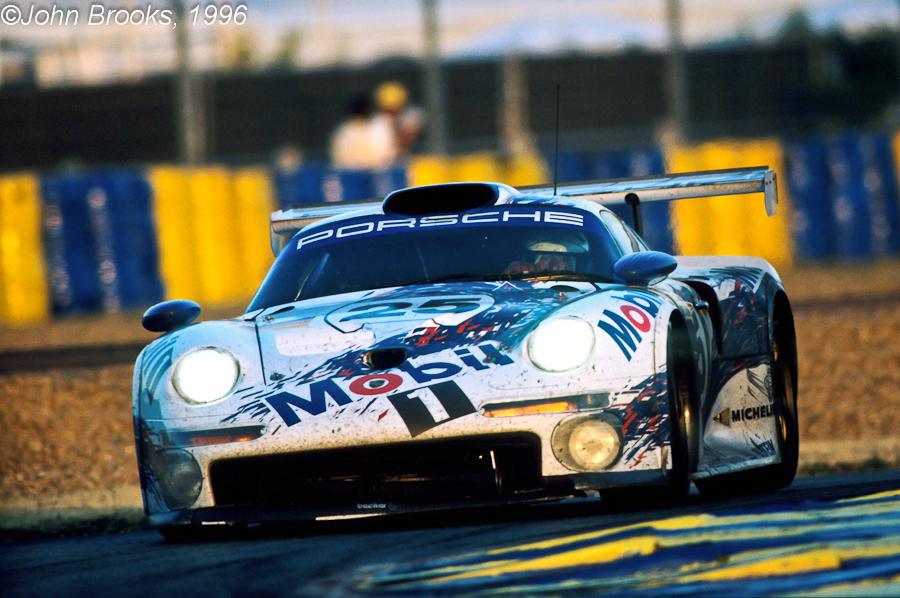
I continued to see Bob at the tracks but the next time we had any real interaction was less enjoyable. His final race as a Porsche driver in the top class was in 1998 at the Suzuka 1000kms, a round of the 1998 FIA GT Championship. Porsche had endured a horrible season being beaten at almost every turn by AMG Mercedes Benz. The exception, of course, was Le Mans but Bob had only managed yet another second place, once again the glory went to his team mates. Looking through the viewfinder at the podium ceremonies, it would taken a heart of stone not to be moved by Bob’s tears as the realisation set in that the dream was over, there would be no triumph at La Sarthe.
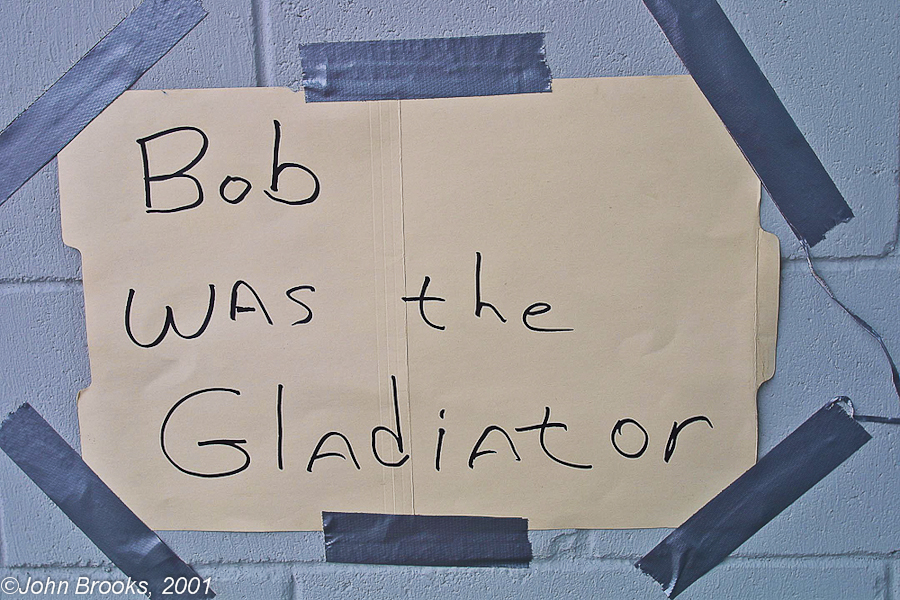
For the race in Japan he was paired with Uwe Alzen and Jörg Müller but the trio could not match the pace of the other factory Porsche, let alone the Mercedes duo. During Bob’s mid-race stint he had contact with a GT2 in the final chicane and recovered to dive into the pits to check for damage, unfortunately to do so meant driving against the traffic and he received a three minute stop-and-go penalty for his pains. I reported this in a Swiss magazine that I was working for but something in the translated report incurred Bob’s ire and he threatened to sue us all! The Editor assured me that he would sort it out and I got the impression that this was not the first time that he had Angry of Strasbourg on the phone.
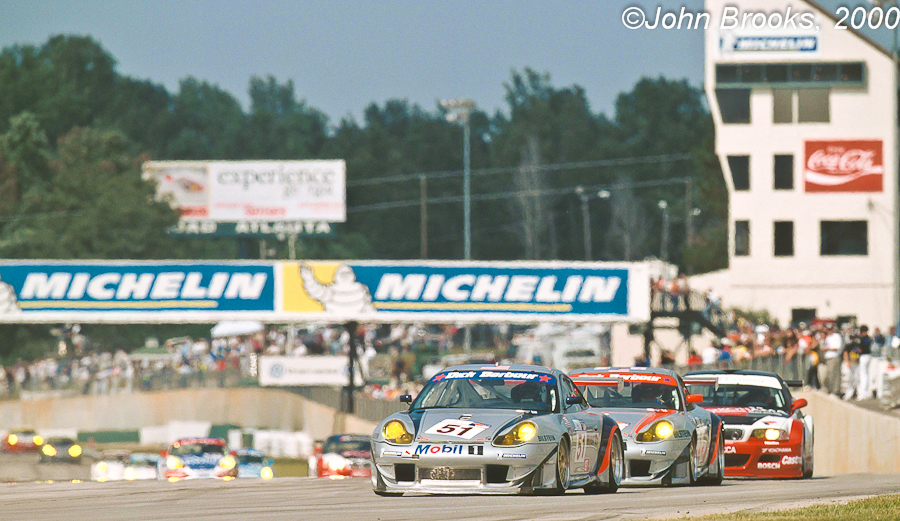
The next encounter with Bob was much more convivial. At the Le Mans Test weekend for the 2000 race I was filling the hire car up at the petrol station near to the Parc des Expositions next to the track. A Porsche pulled in at the next pump and out got Bob, who nodded hello and gave me a smile, it made my day, maybe I had stopped travelling, perhaps I had arrived. Like Porsche AG itself, Wollek was confined to the supporting ranks of the GT class. He continued to go flat out, frequently surprising the Young Guns like Lucas Luhr and Dirk Müller with his turn of speed. He certainly seemed more at peace, reconciled to the fact that he would never take the great prize.
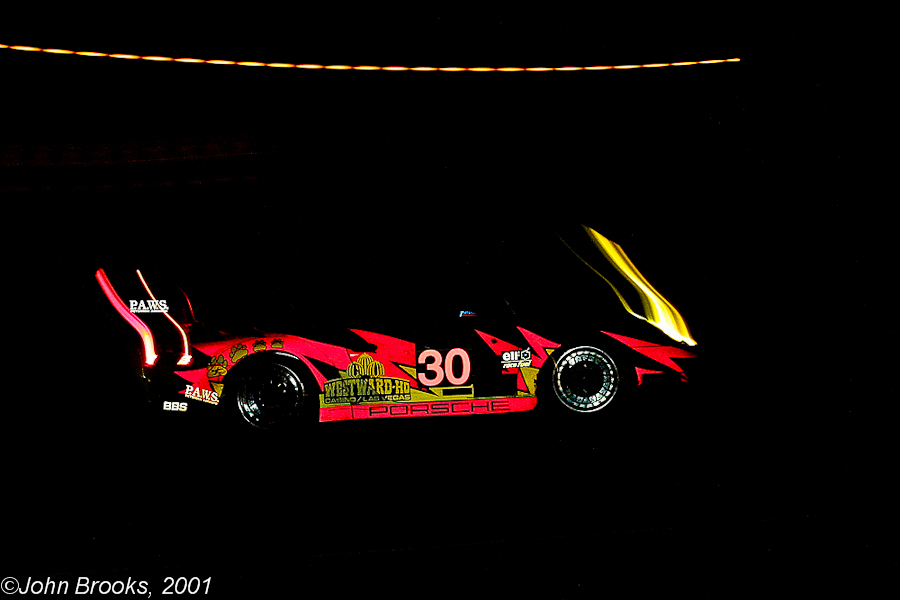
The following March I was at the Sebring 12 Hours. Arriving at the track on race morning before the sun rose, there is always a photo briefing to look forward to, a great assembly of grumbling, groaning snappers. I understand that the collective noun for motorsport photographers is a Moan. 2001’s race-day photo meeting was an unexpectedly solemn occasion though. First to arrive, and in those pre-digital days, first to leave, the vast majority of us snappers had not heard the news, Bob Wollek was dead. It was unbelievable, Wollek had survived during a truly dangerous period in motorsport and now, as he contemplated retirement, he was killed in a pointless traffic incident. There would be no more chance encounters.
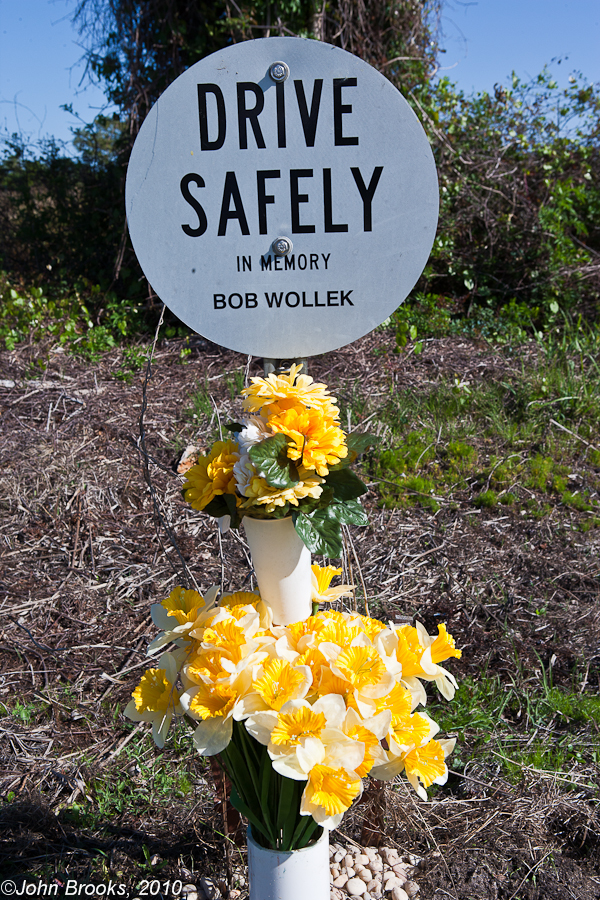
Every year that I make the trek to Sebring for the 12 Hours I try and get out to the marker post near Lorida where Bob Wollek was knocked off his bike and killed. Others also make the same pilgrimage, evidence such as fresh flowers and wine bottles attest to that.
Bob Wollek was a complex, contradictory character, much loved by those who he allowed to get close, less so by those who were not. This book is a fascinating account of a man who lived by his own terms, well researched, written and translated. It lacks an index but that is about all, buy it, treat yourself, especially if you are in Sebring this week
John Brooks, March 2013

